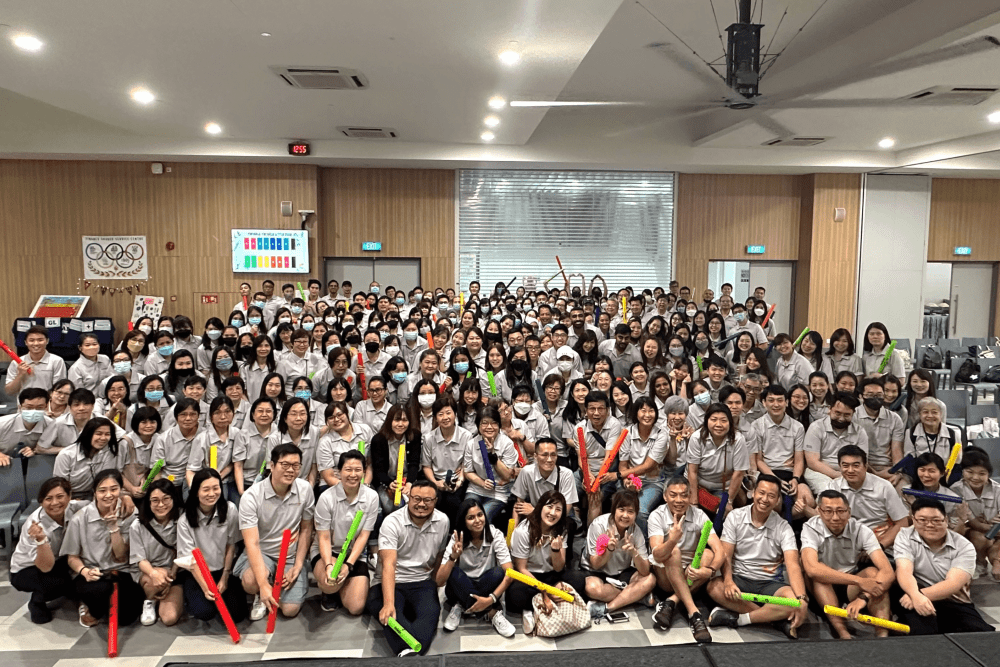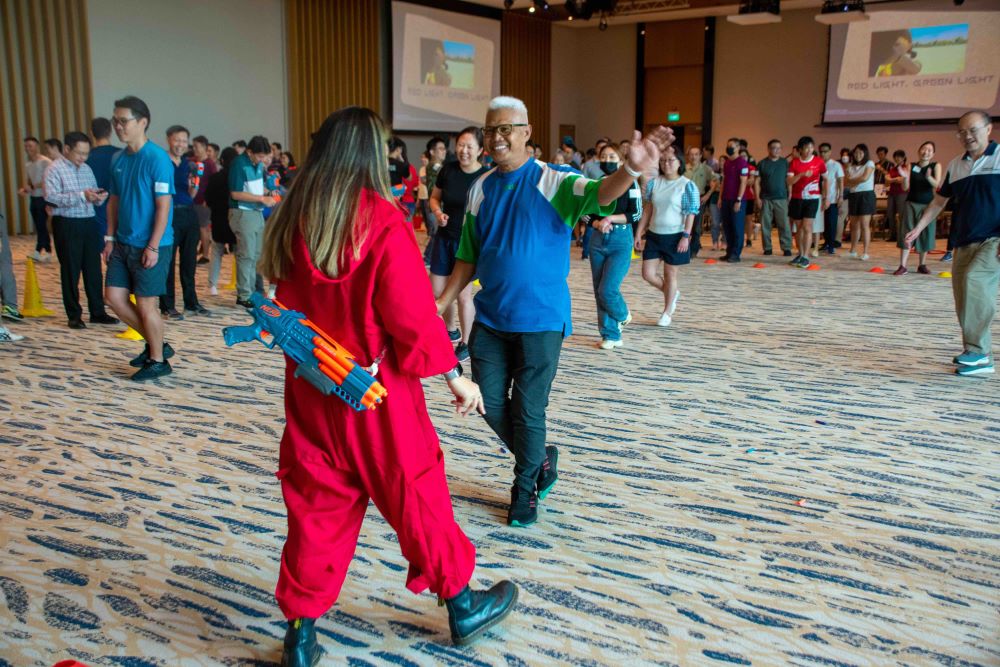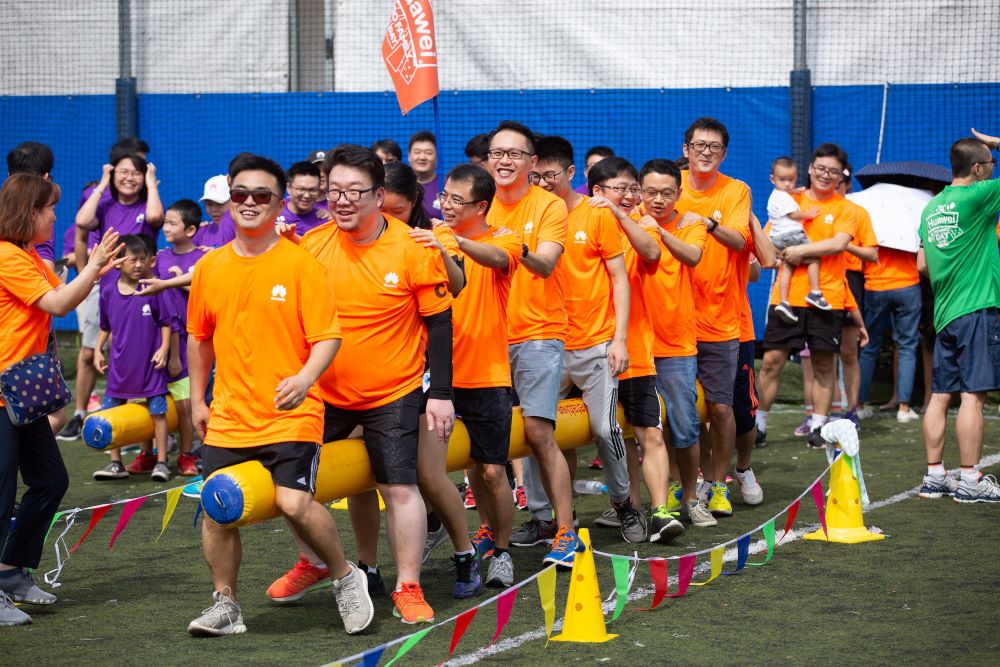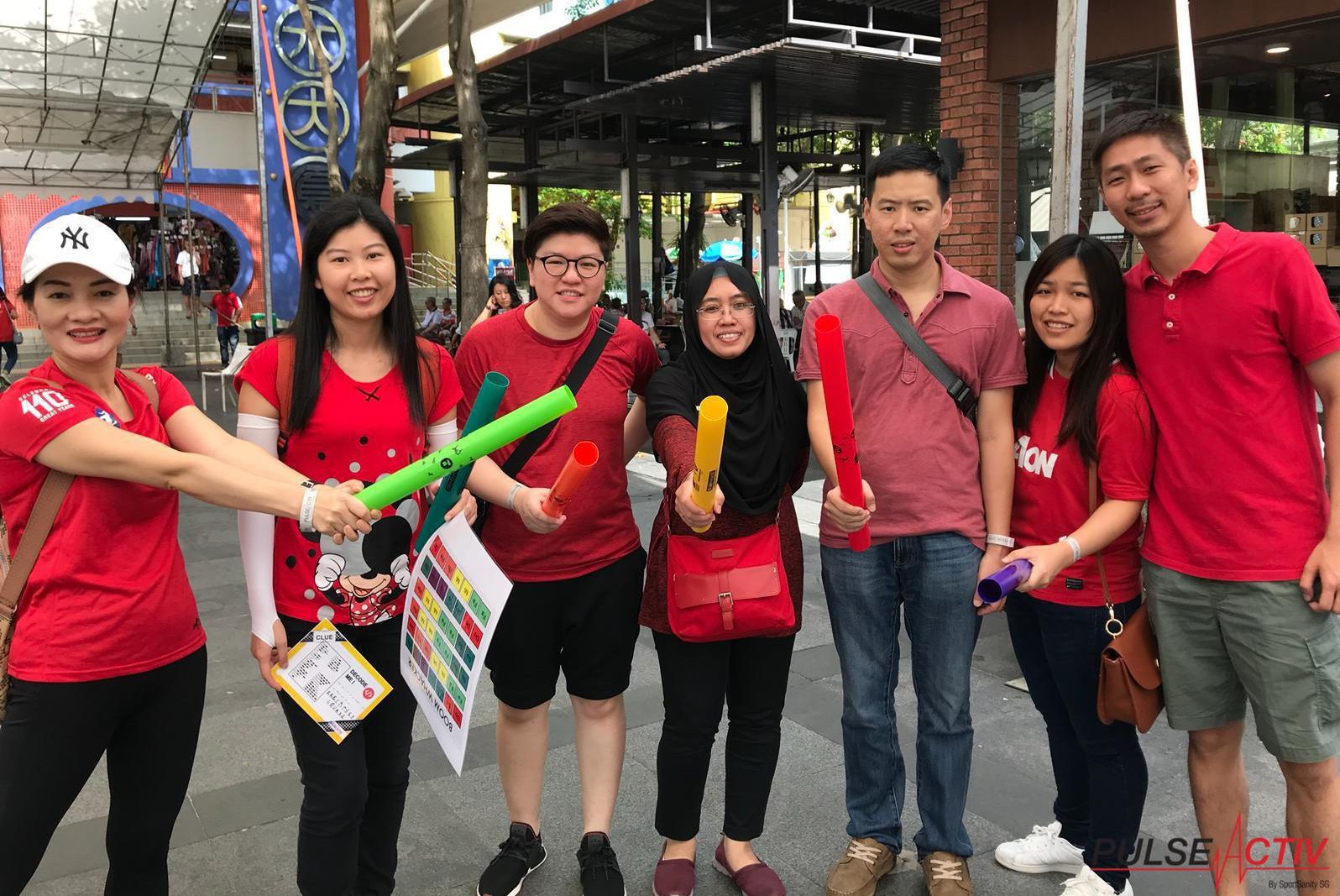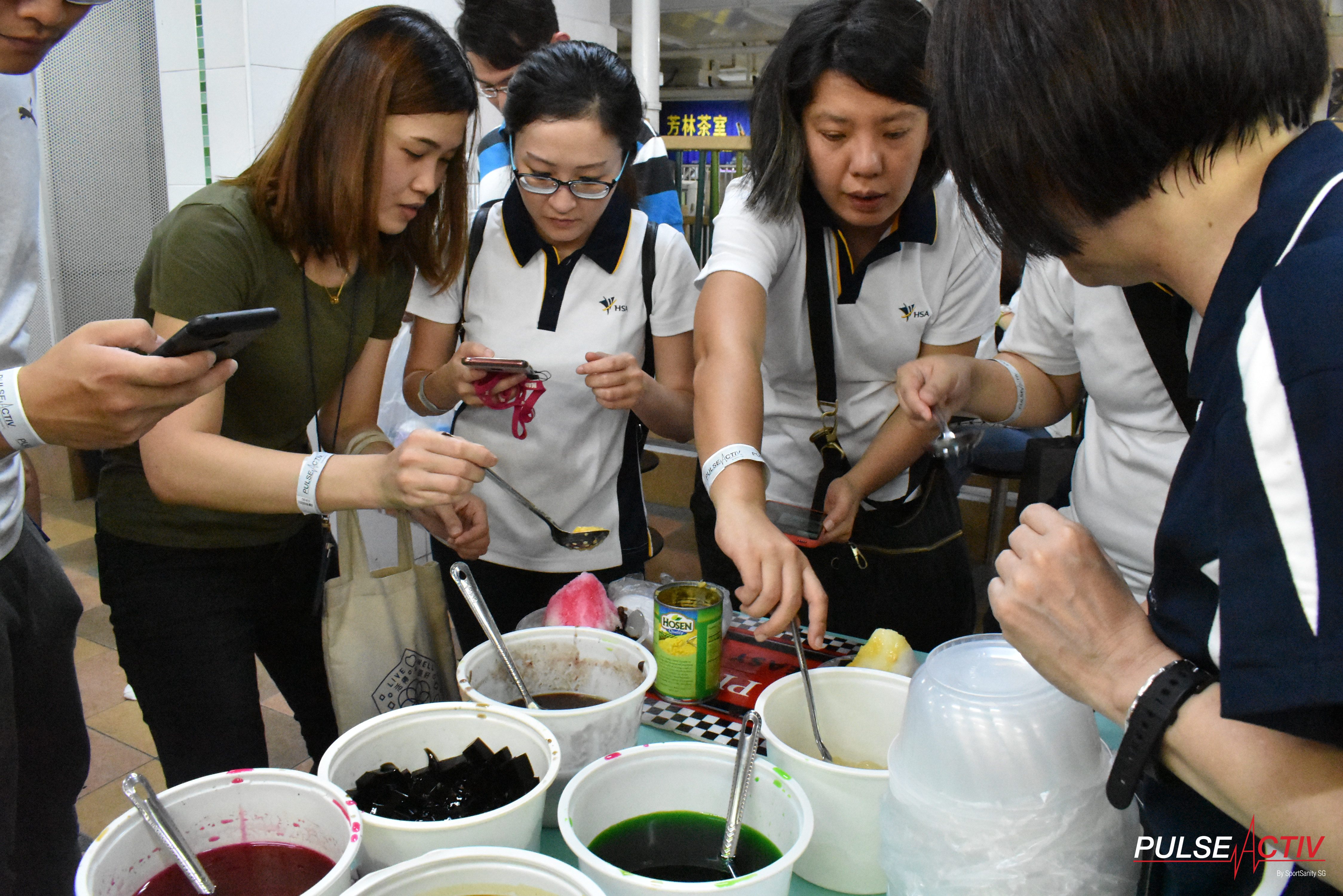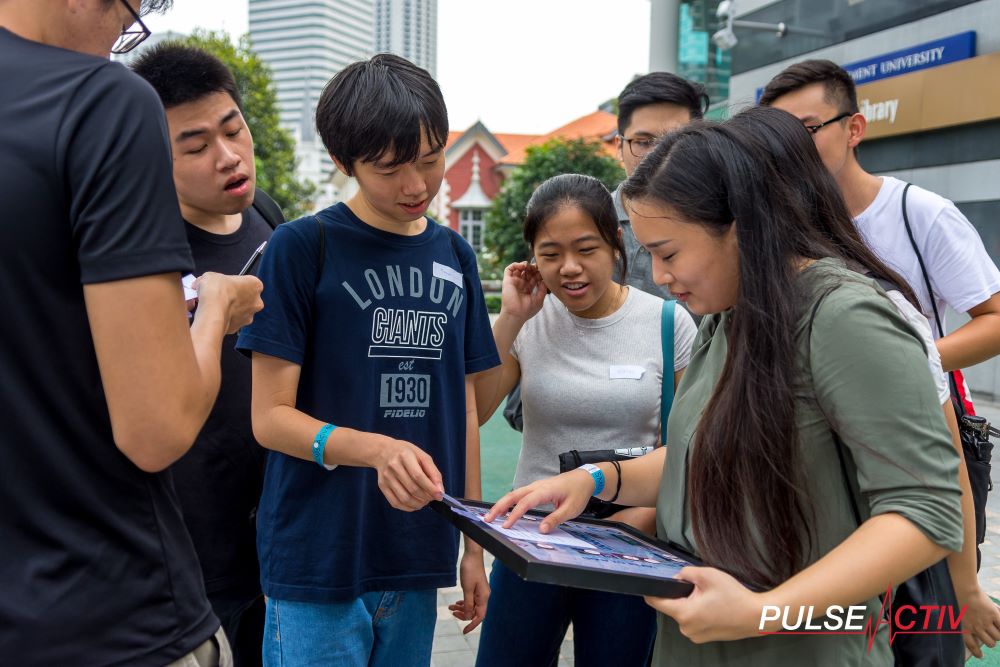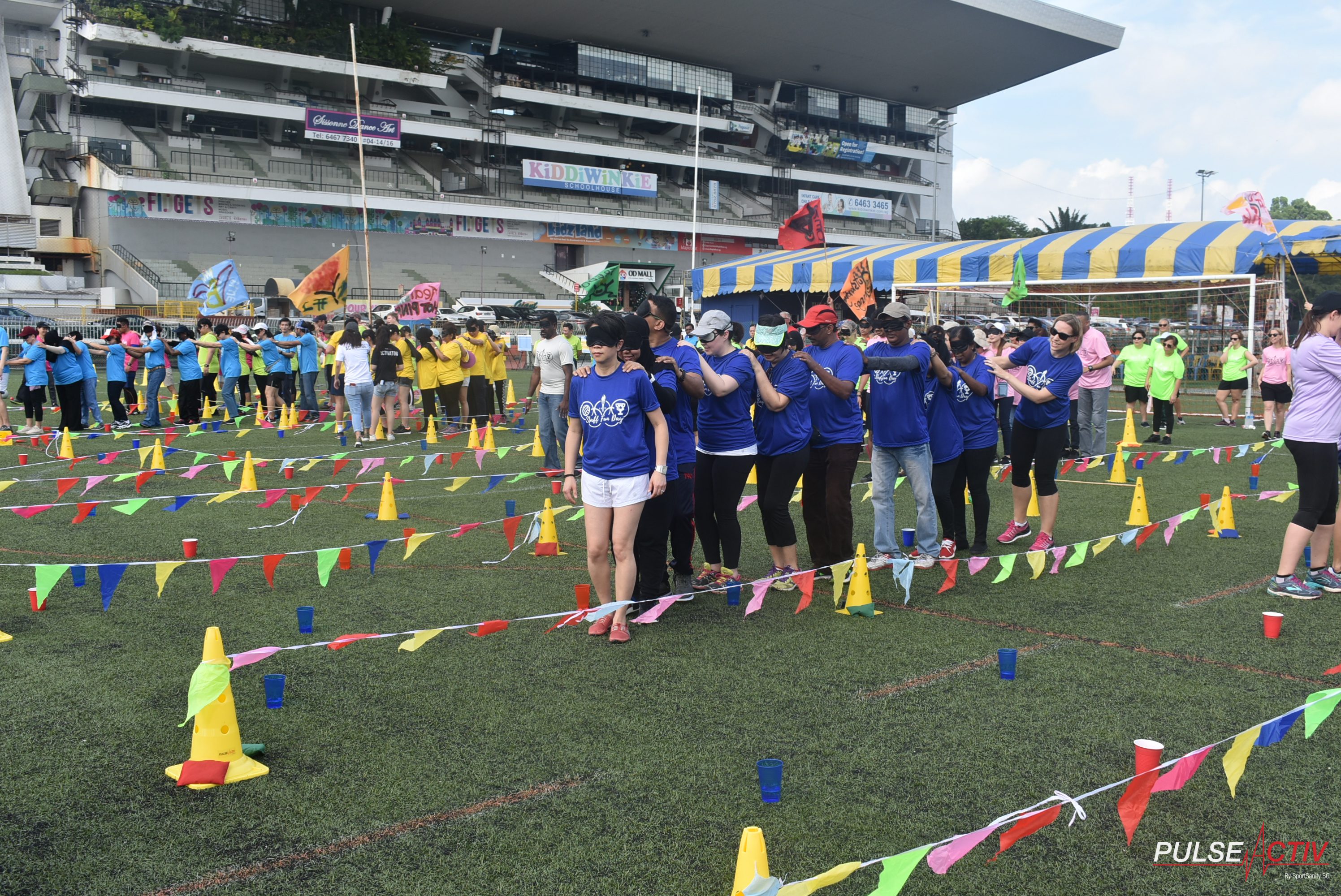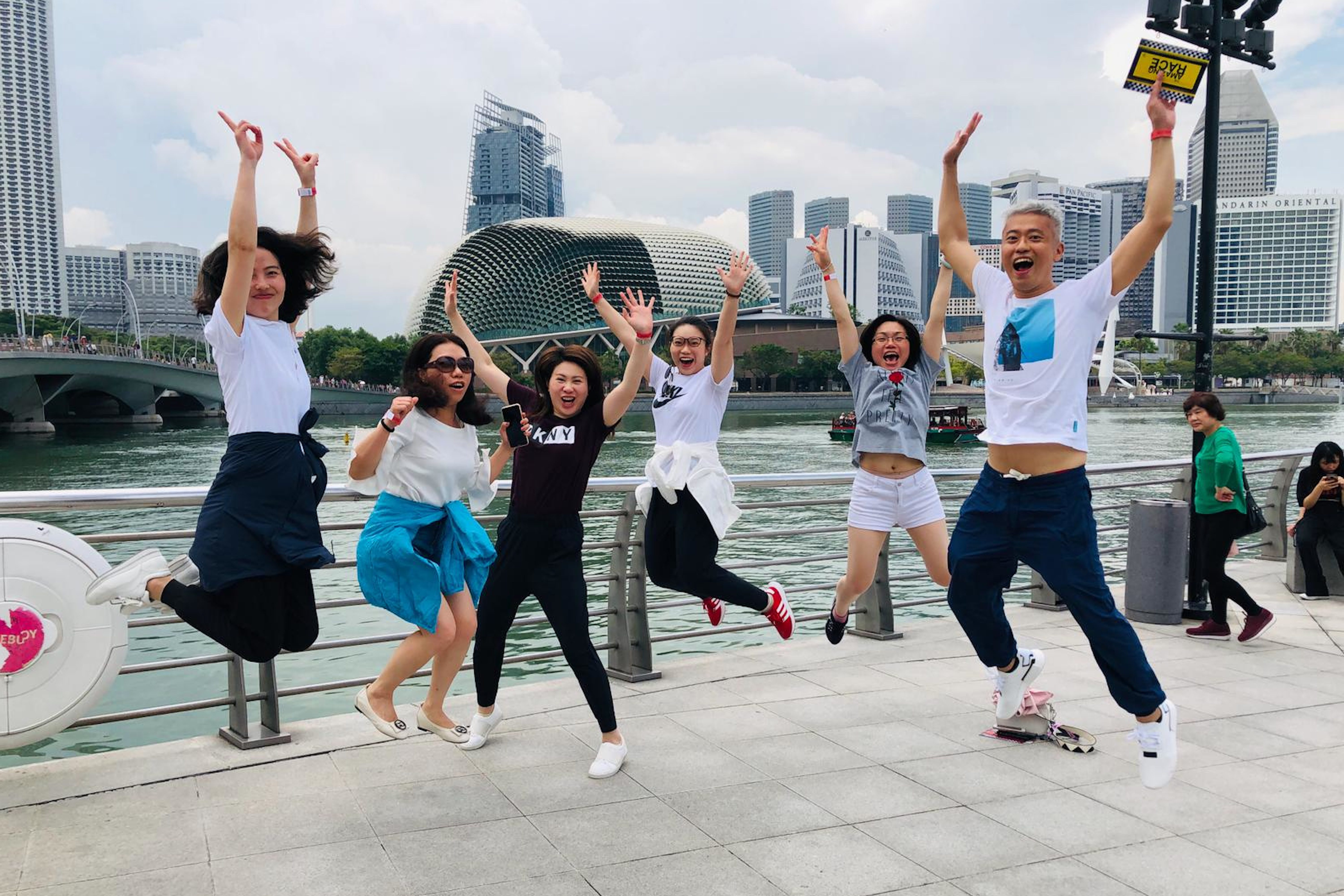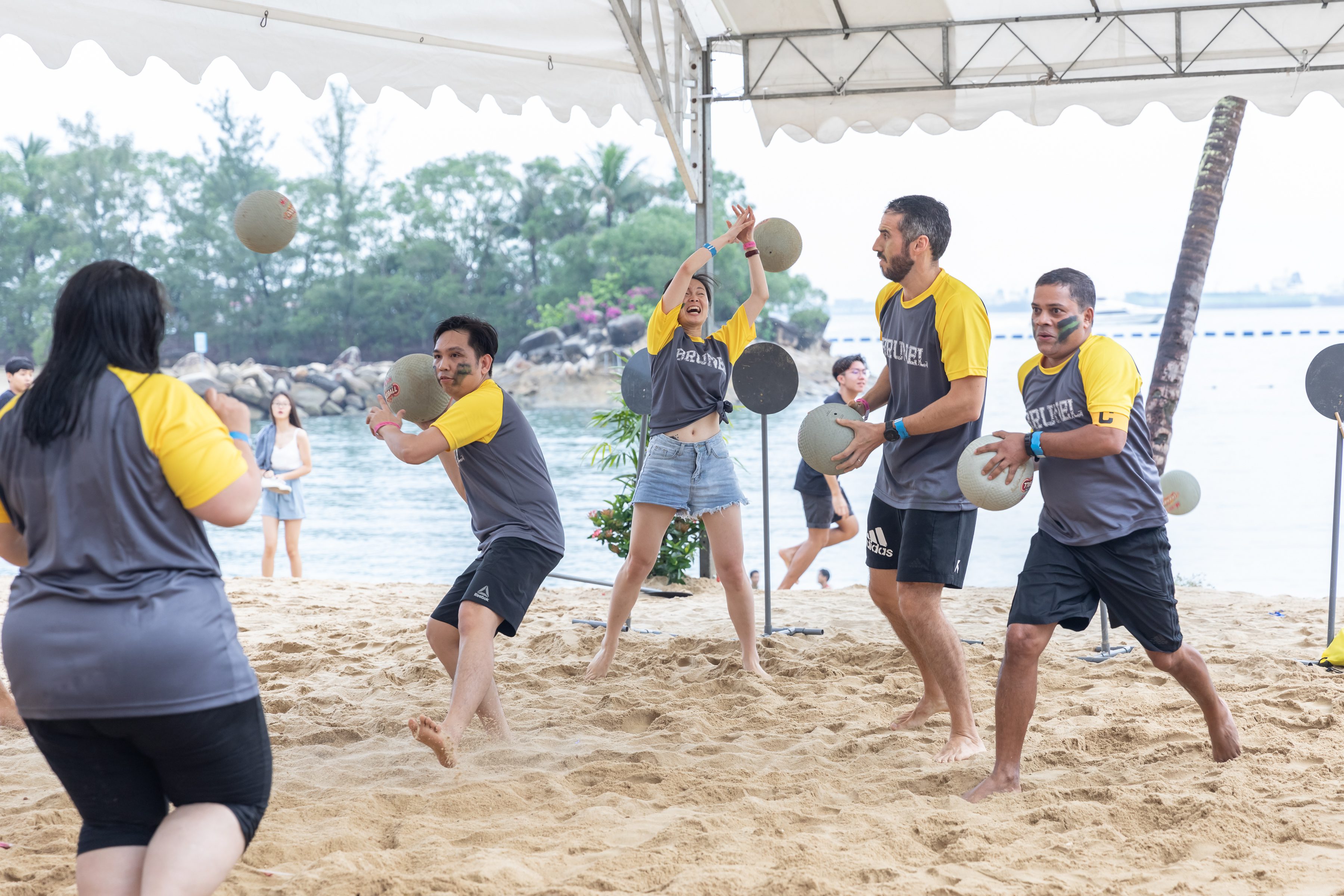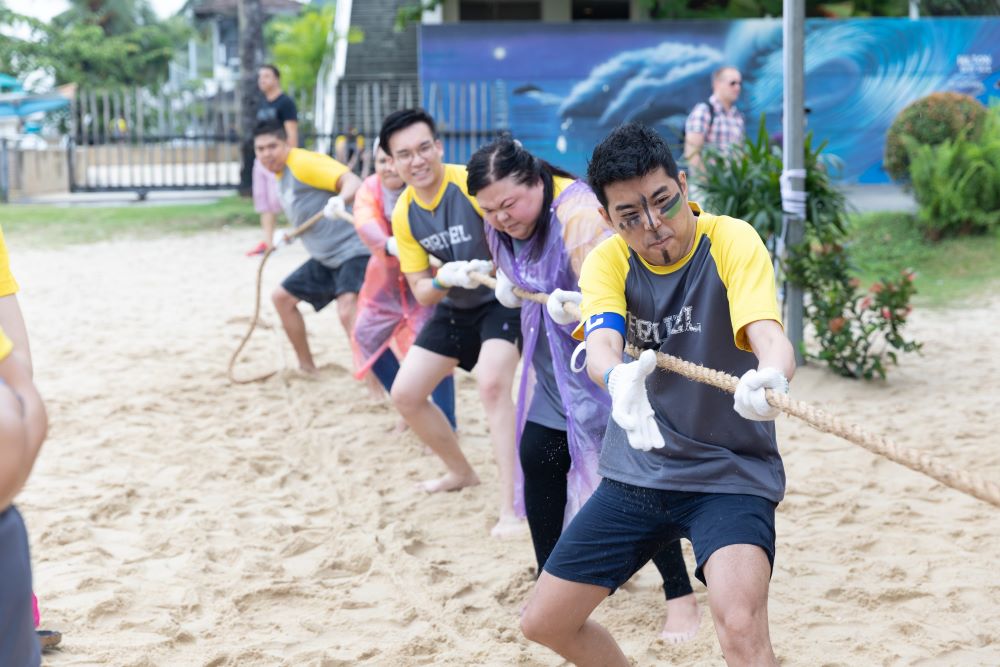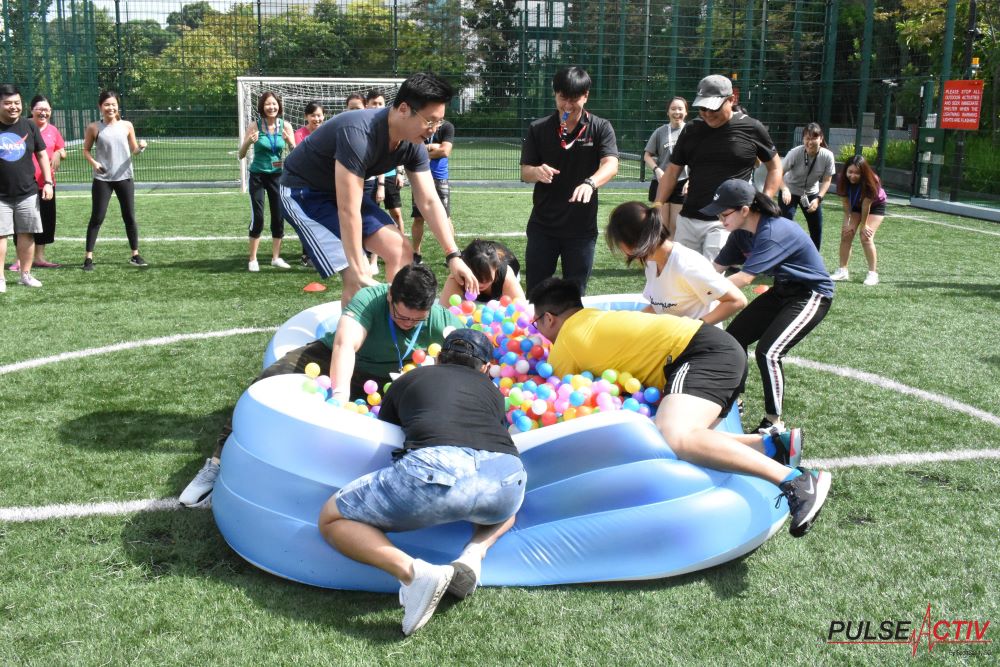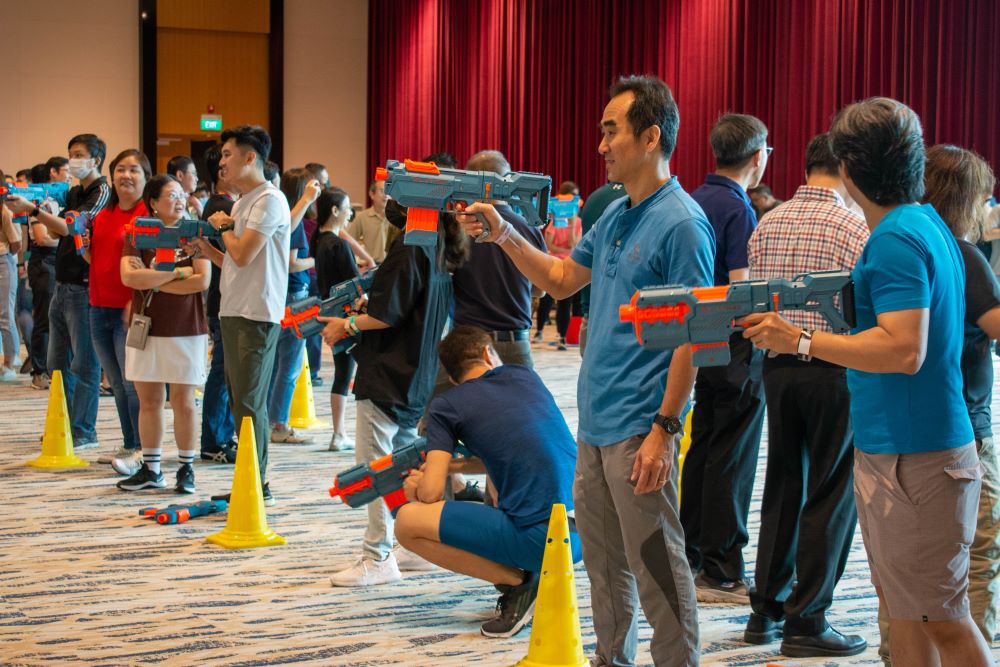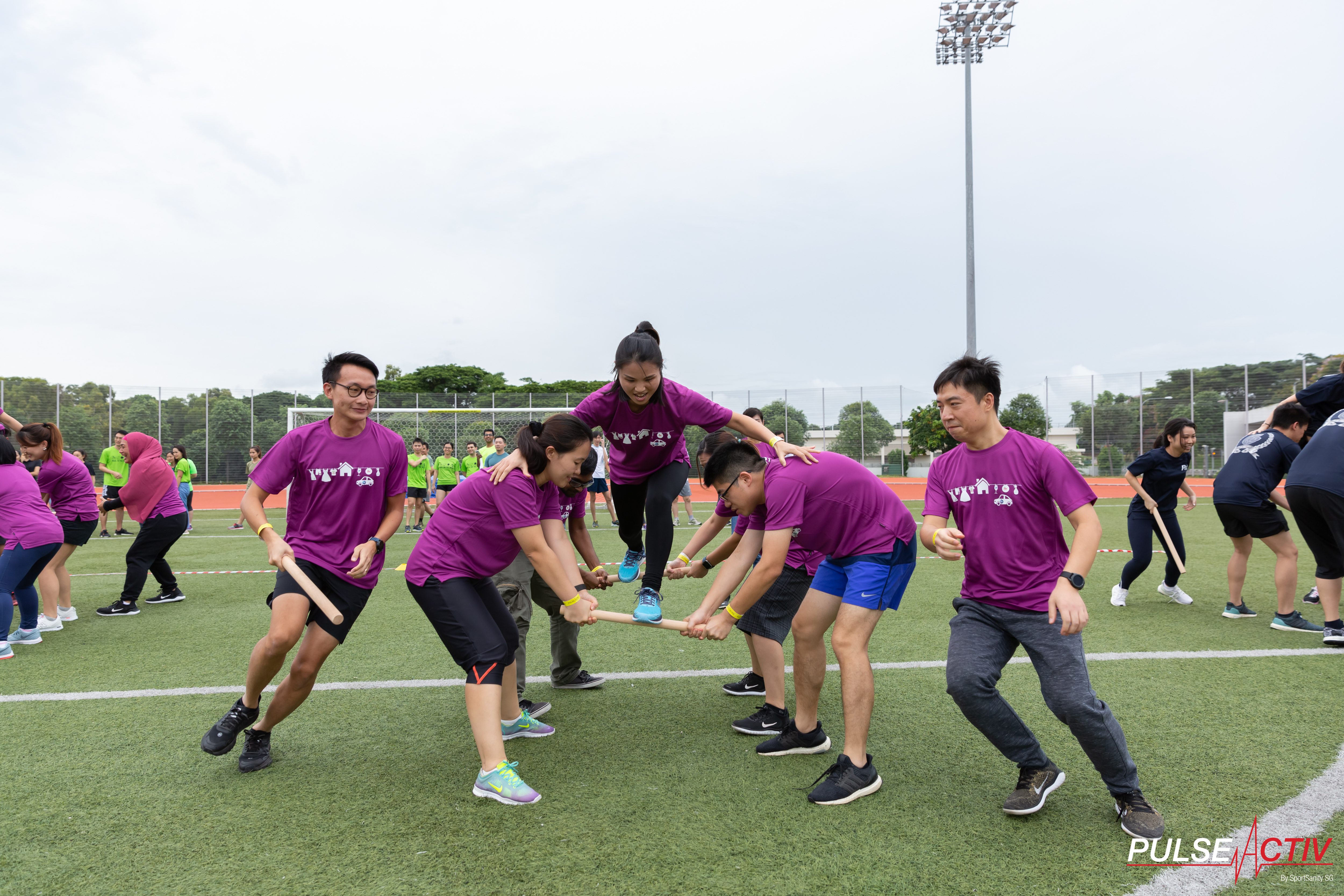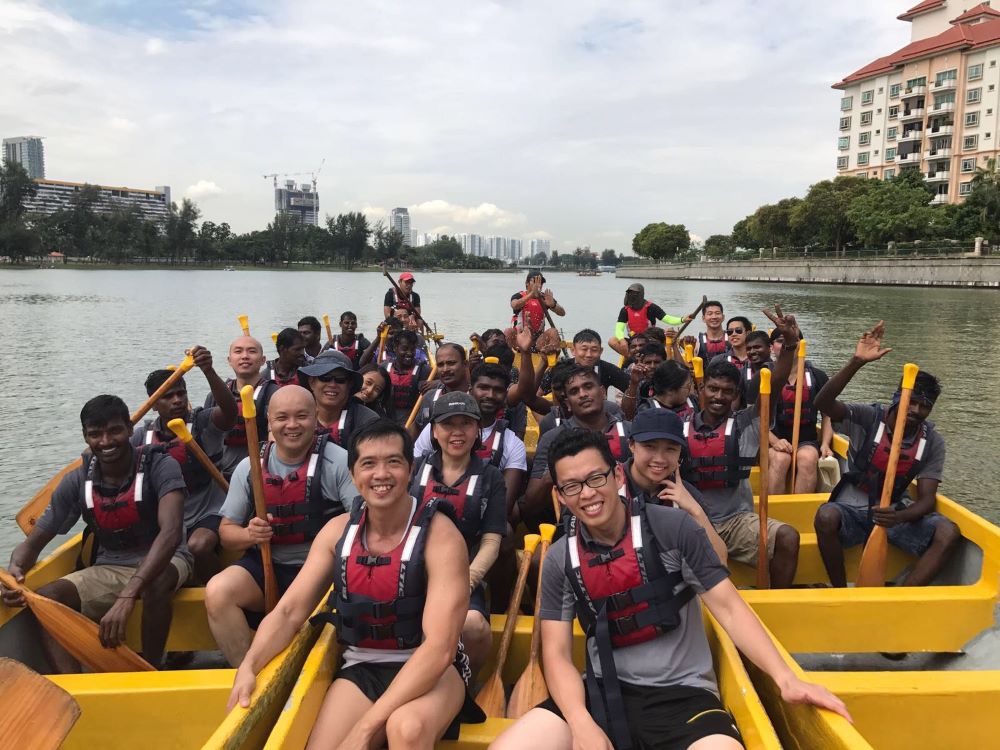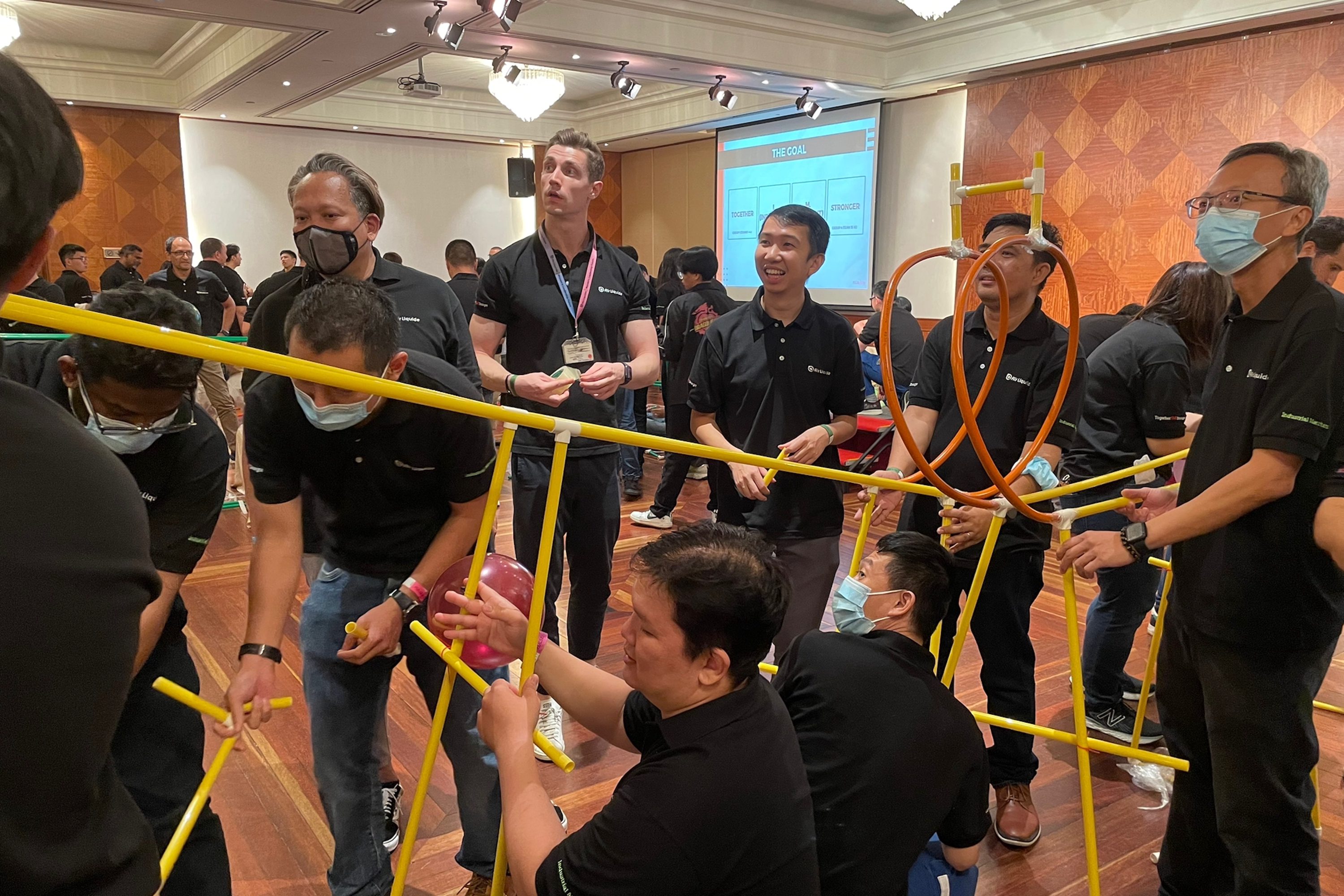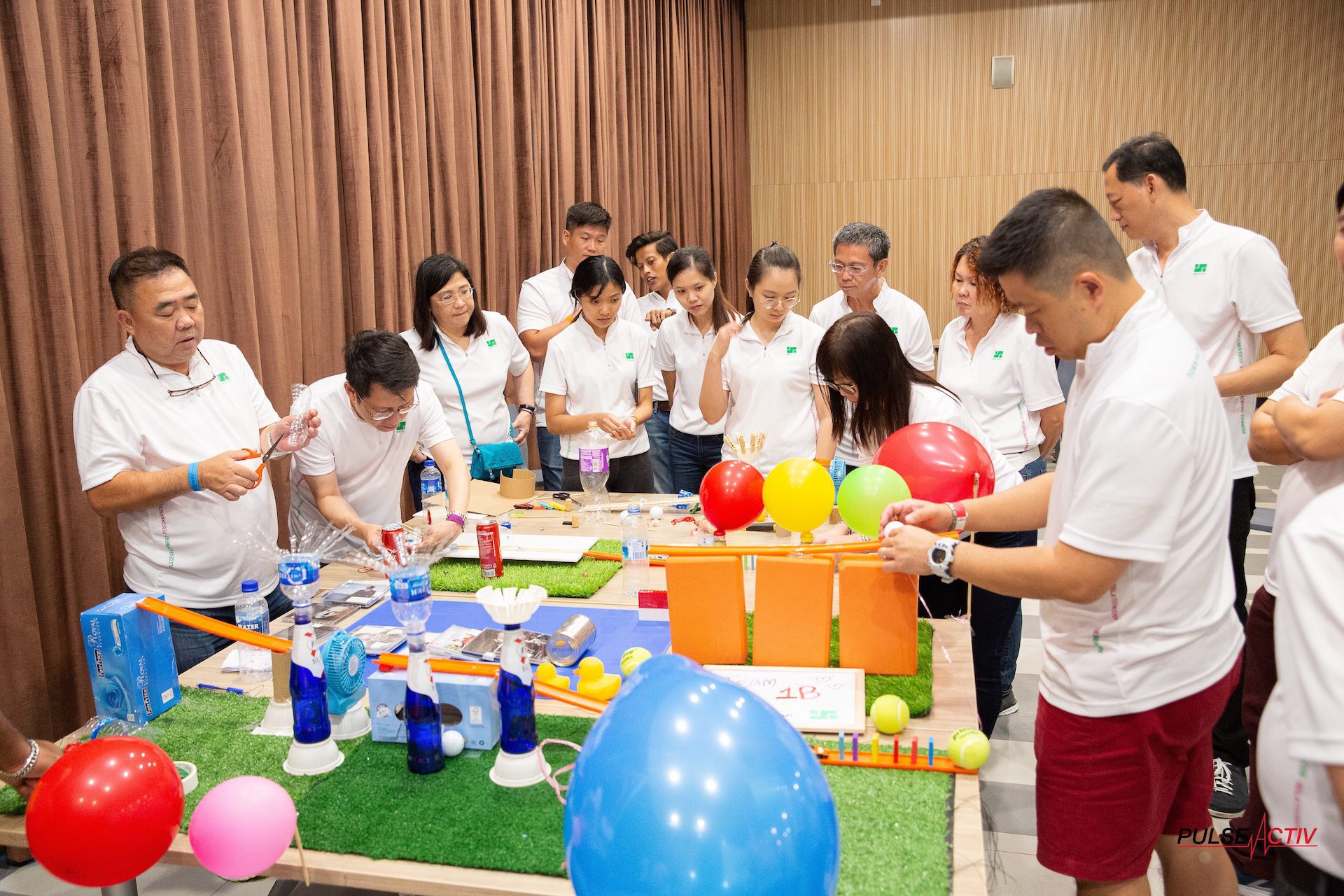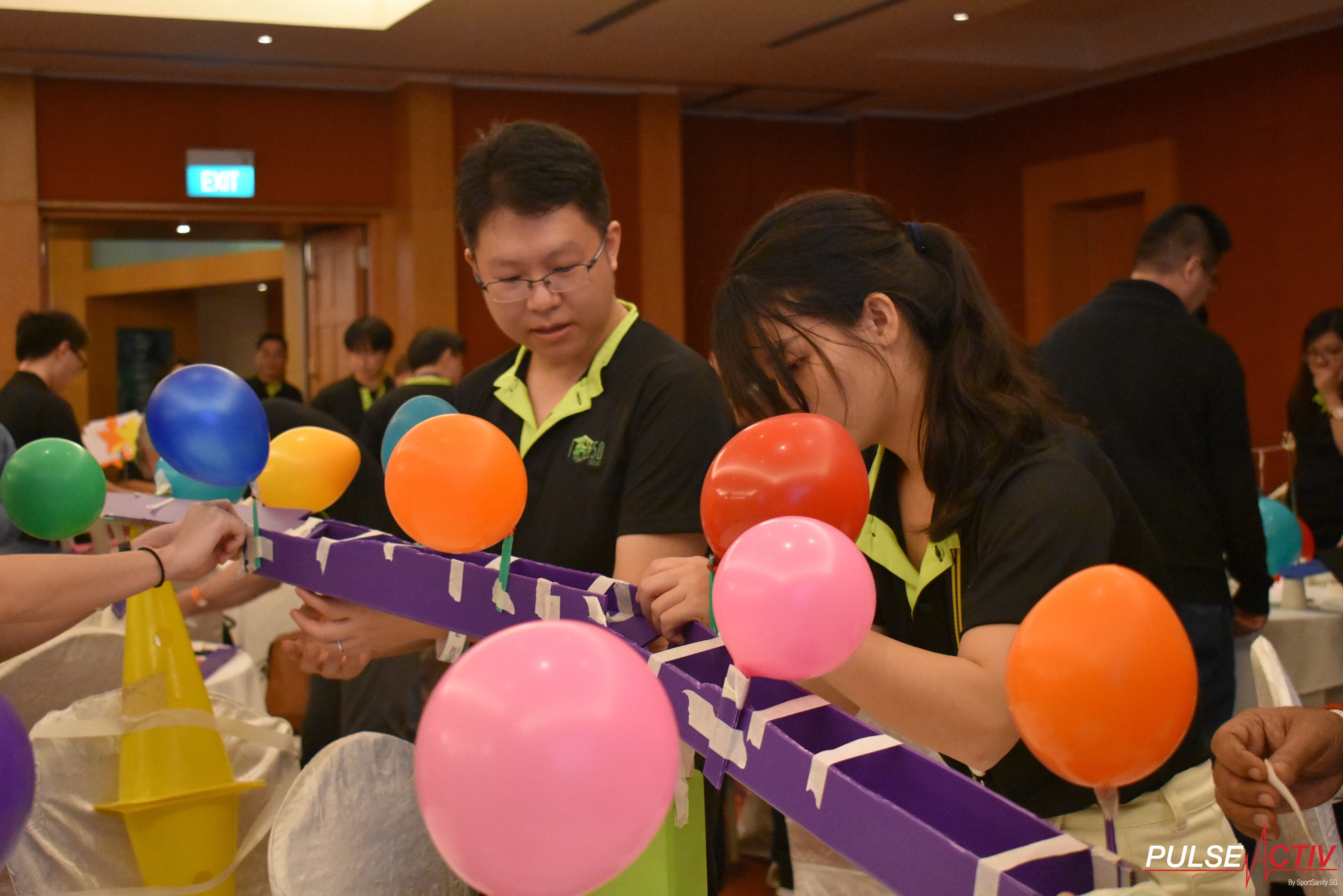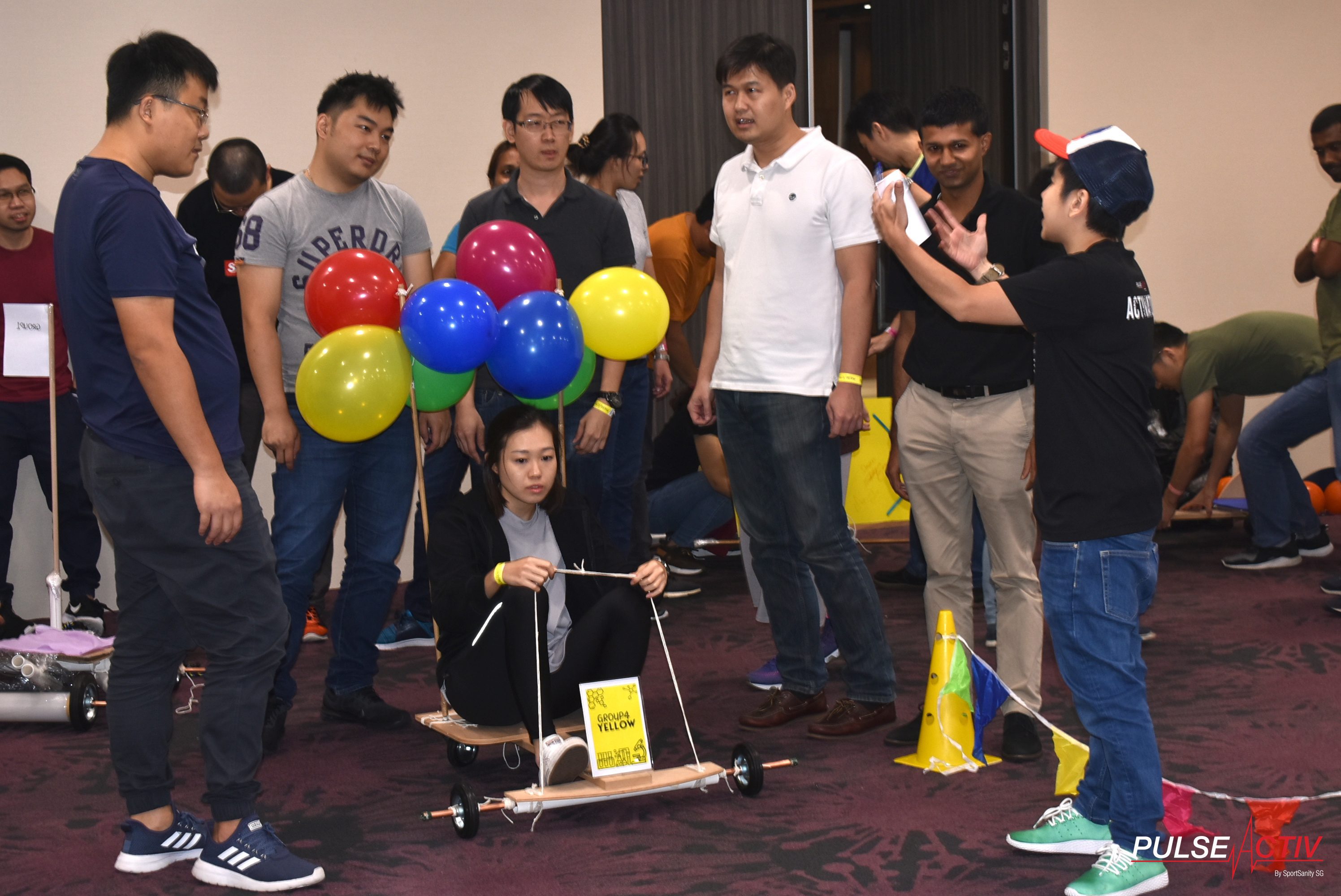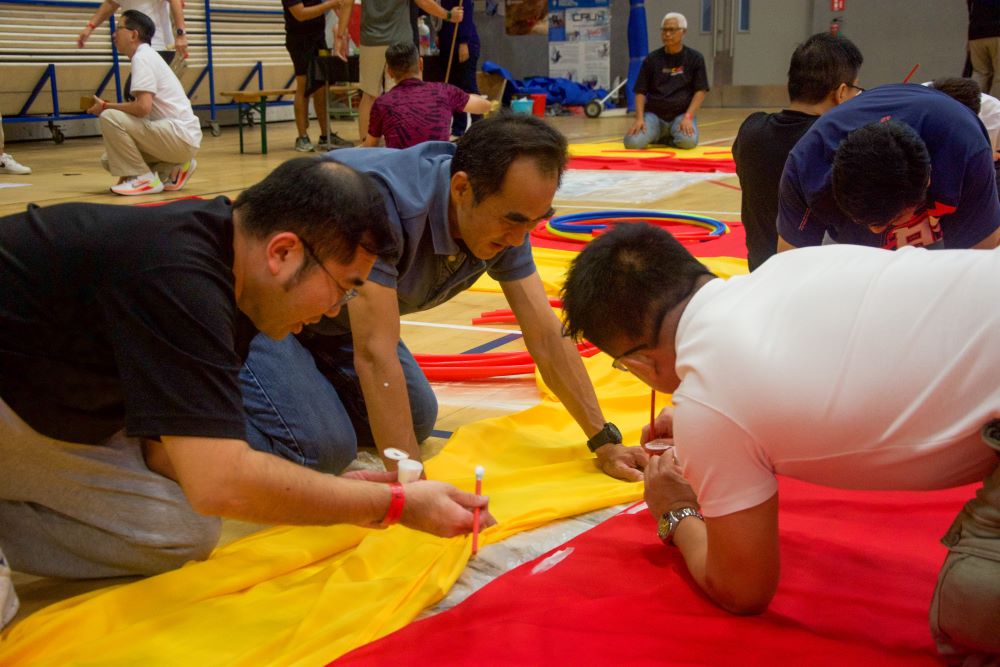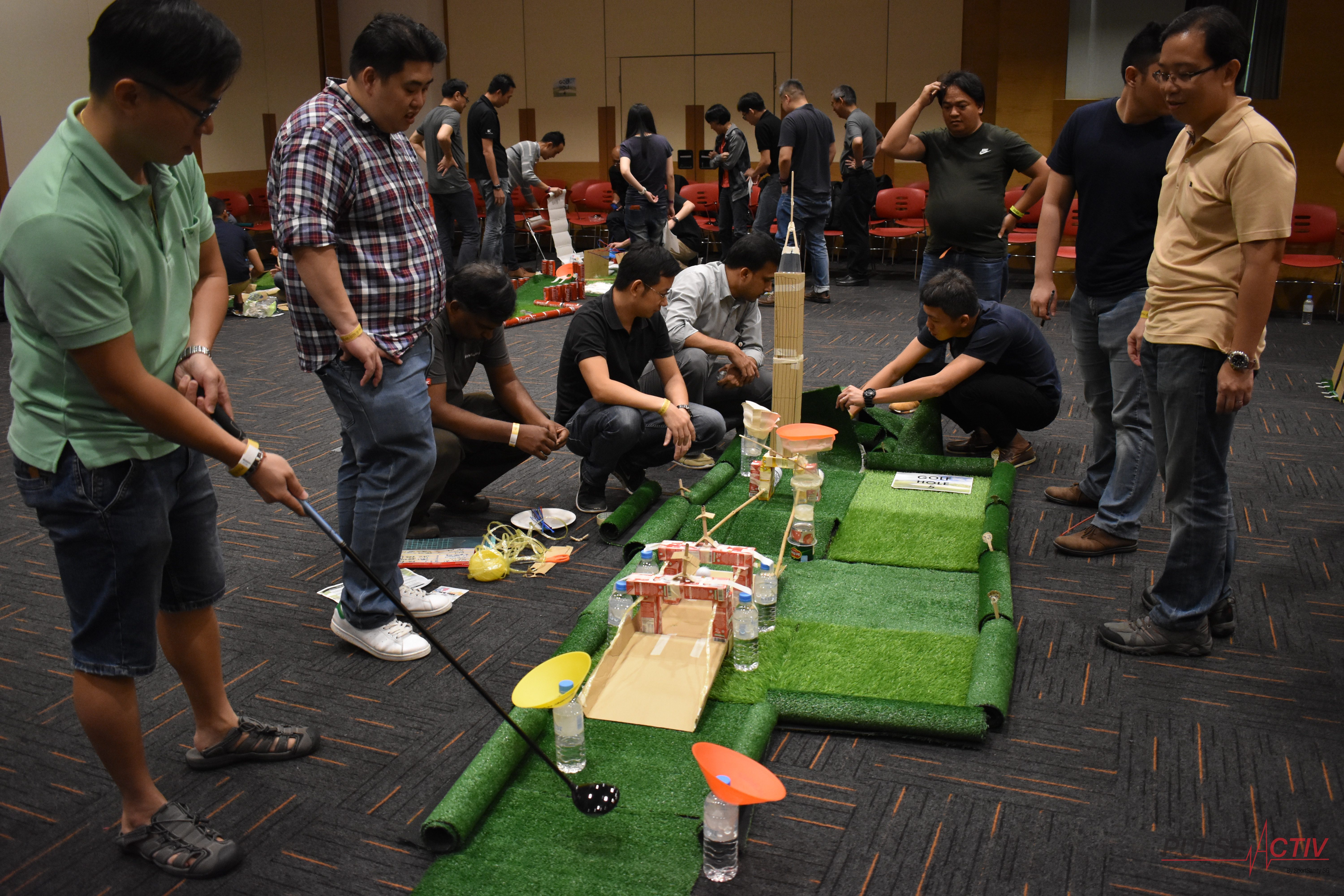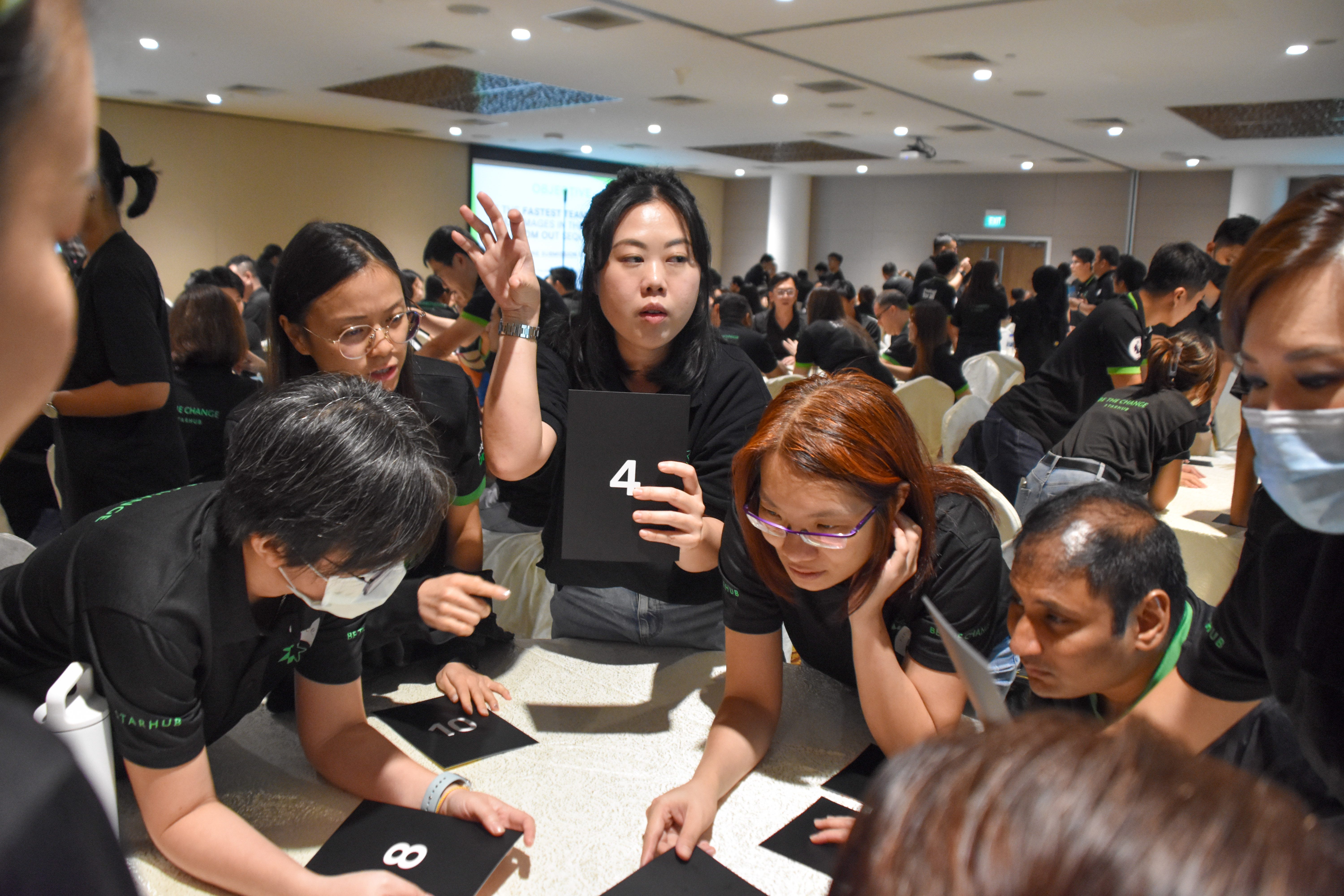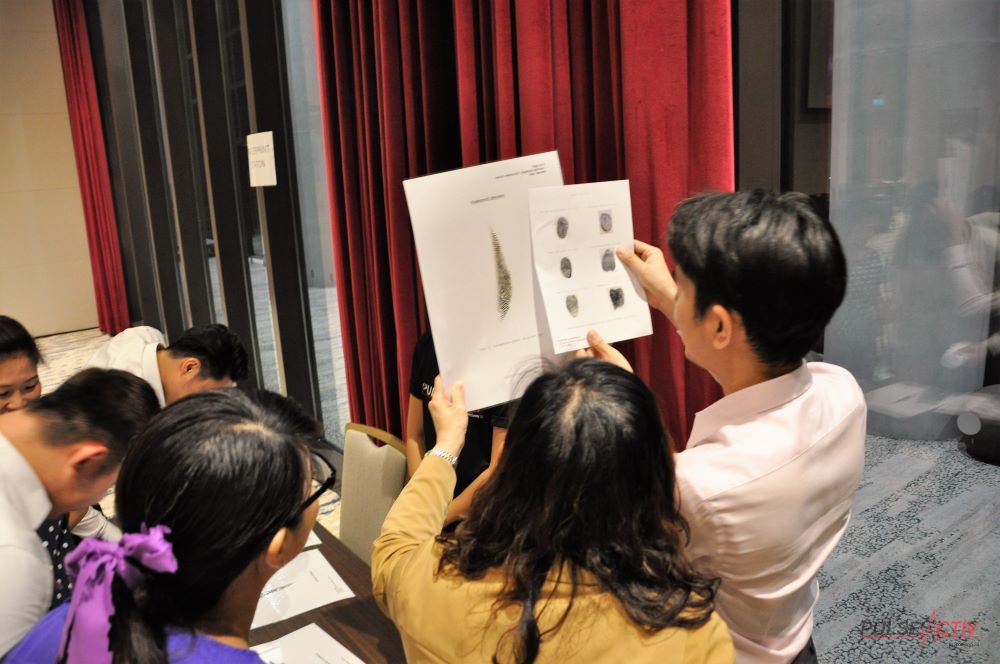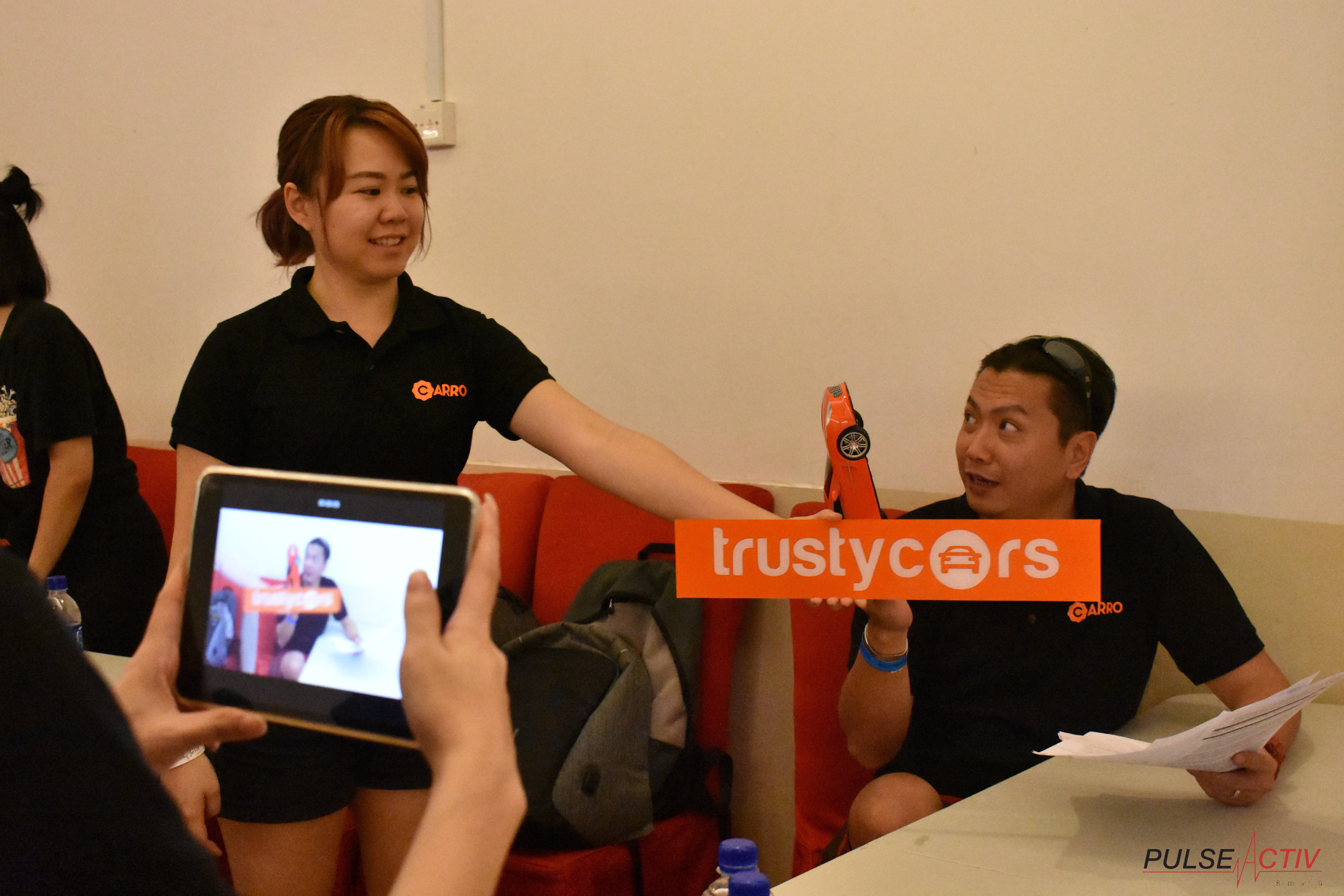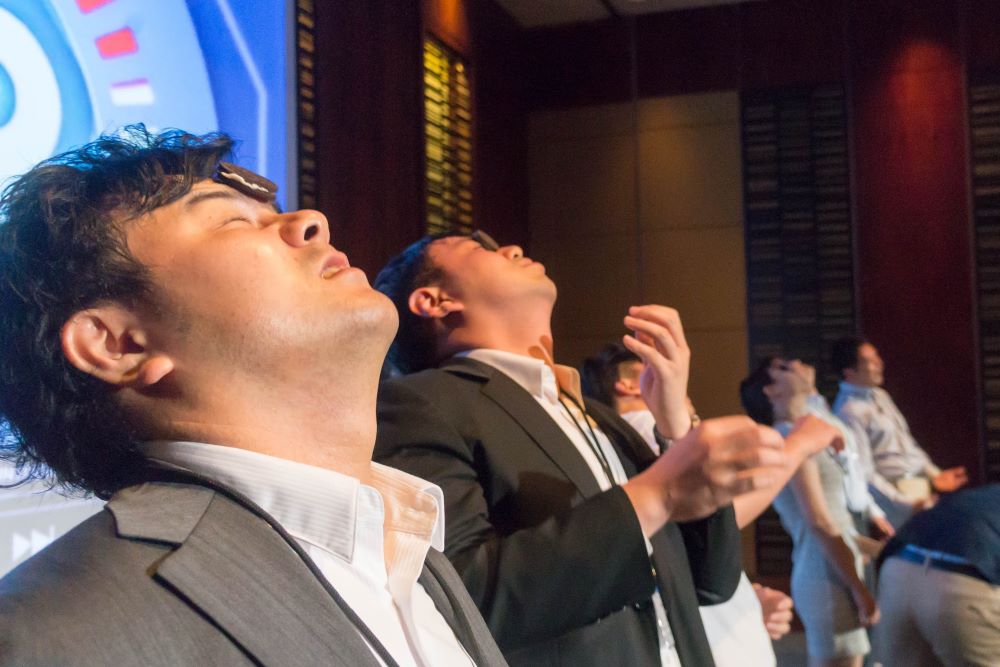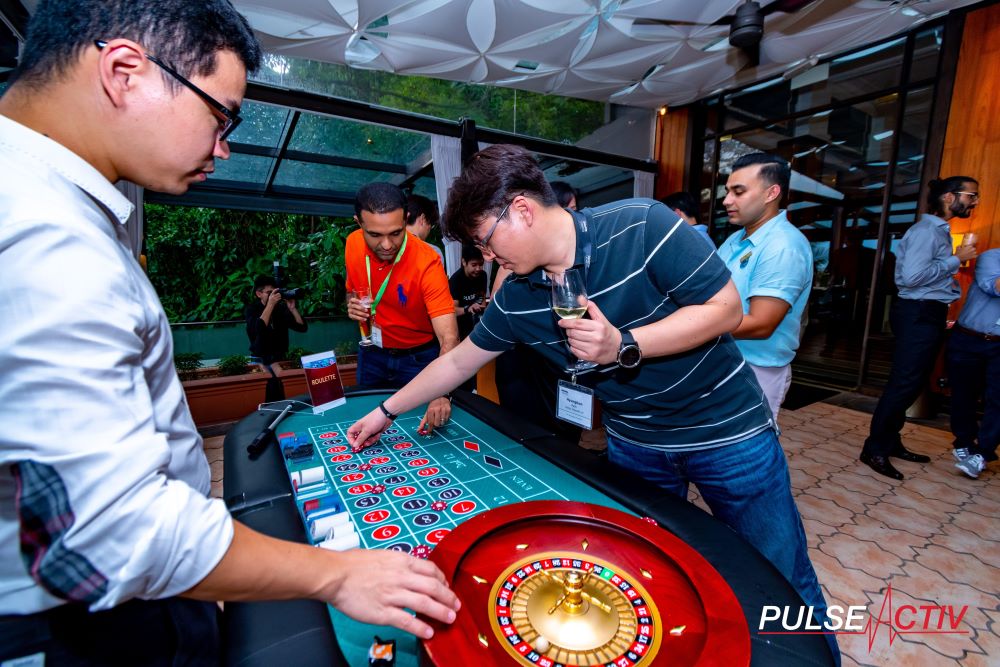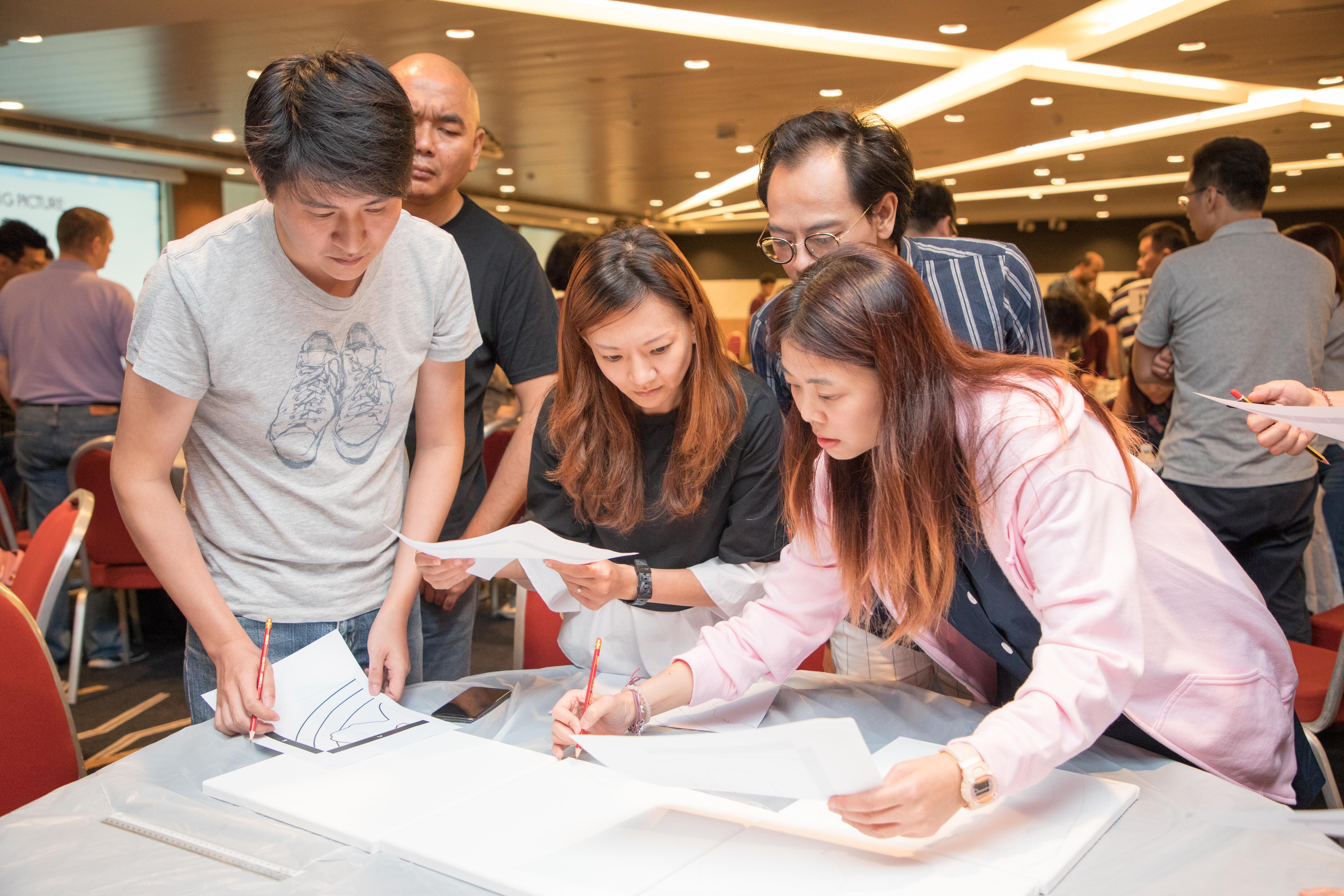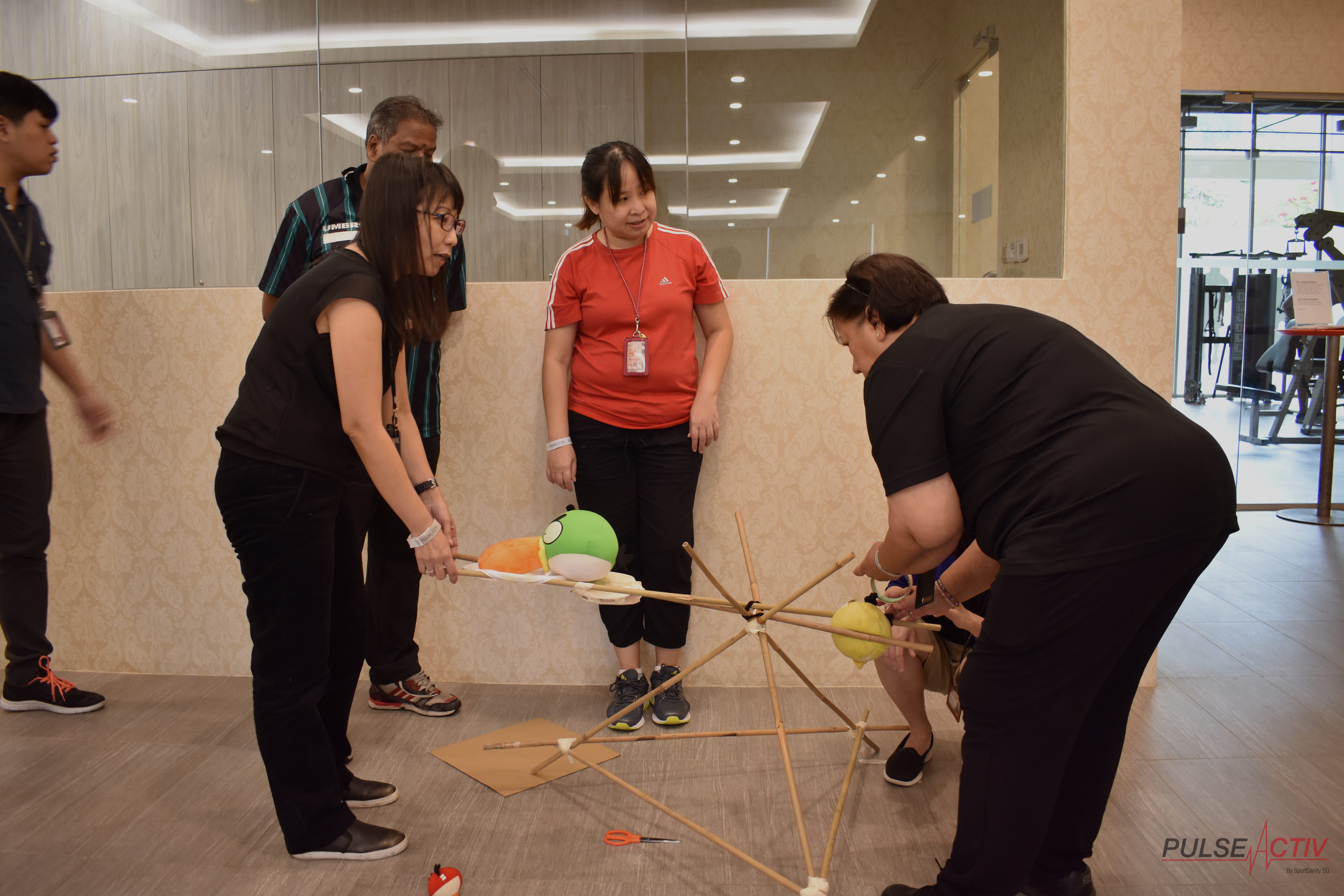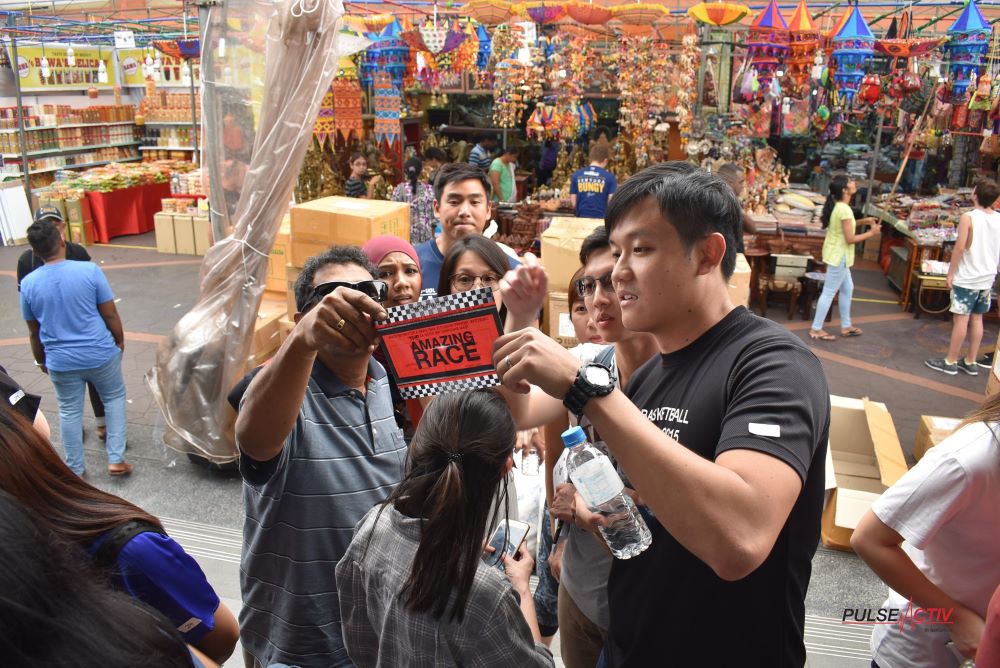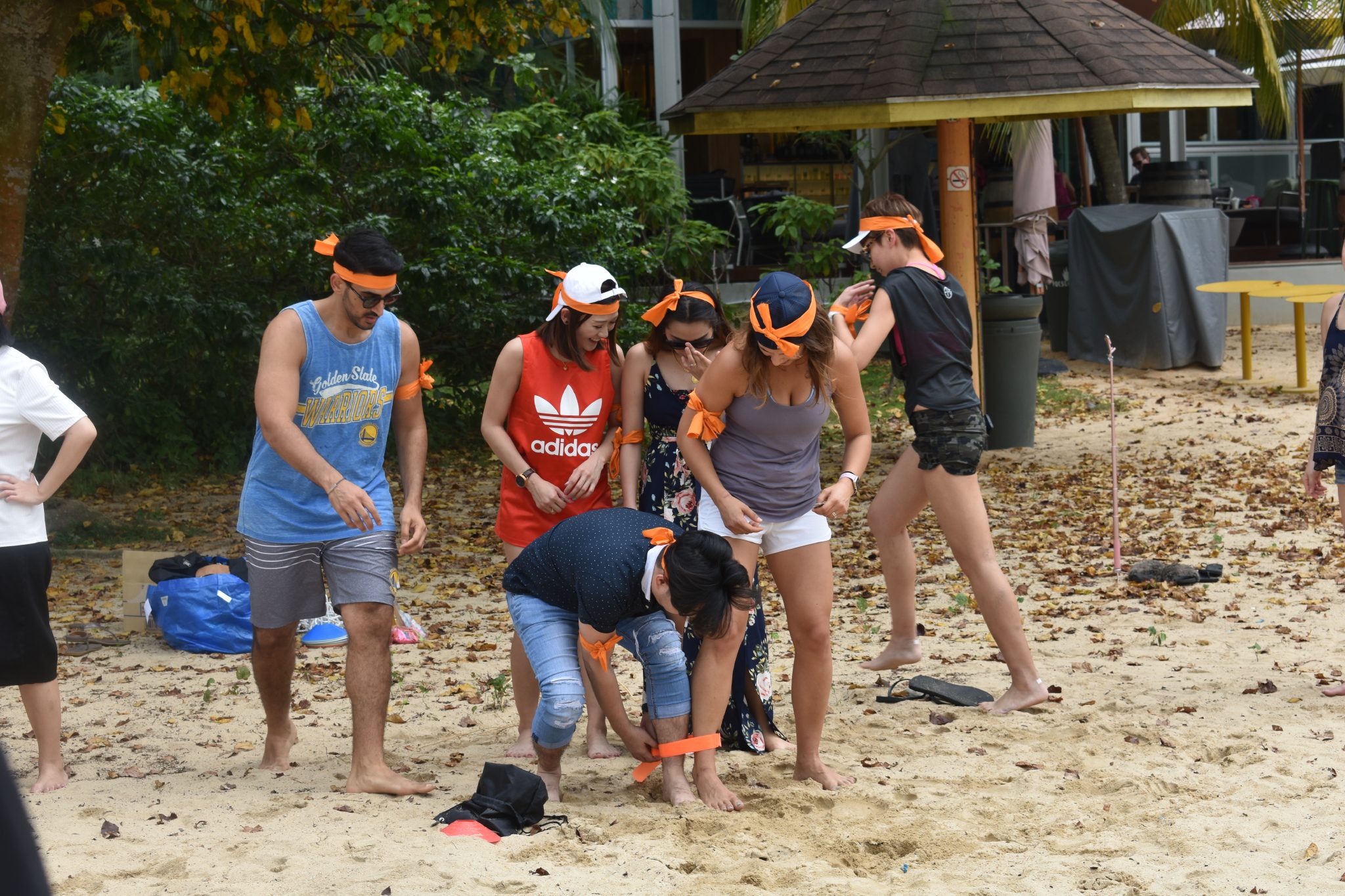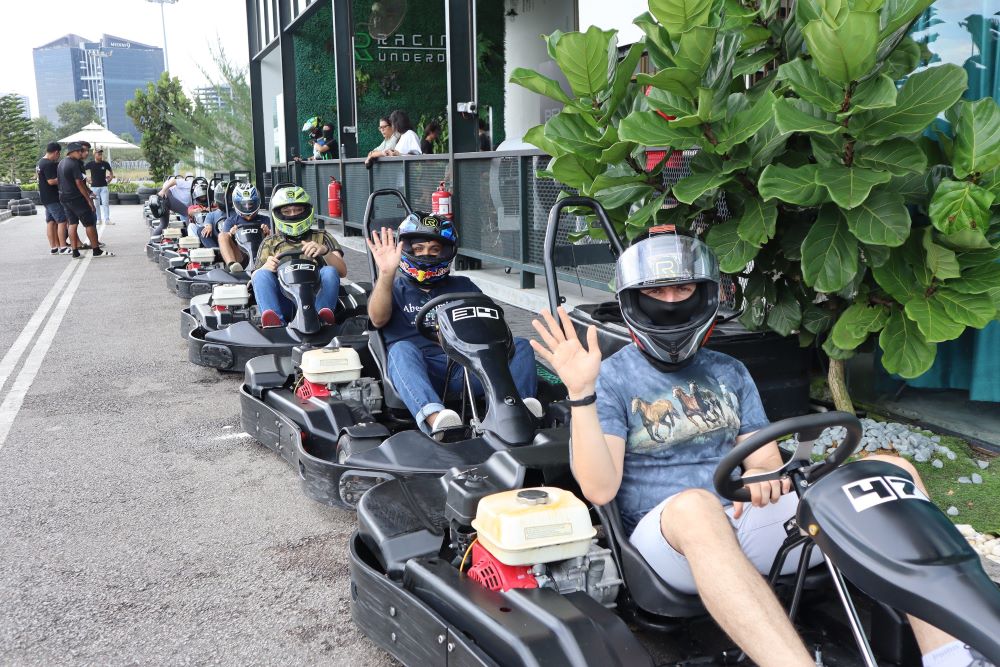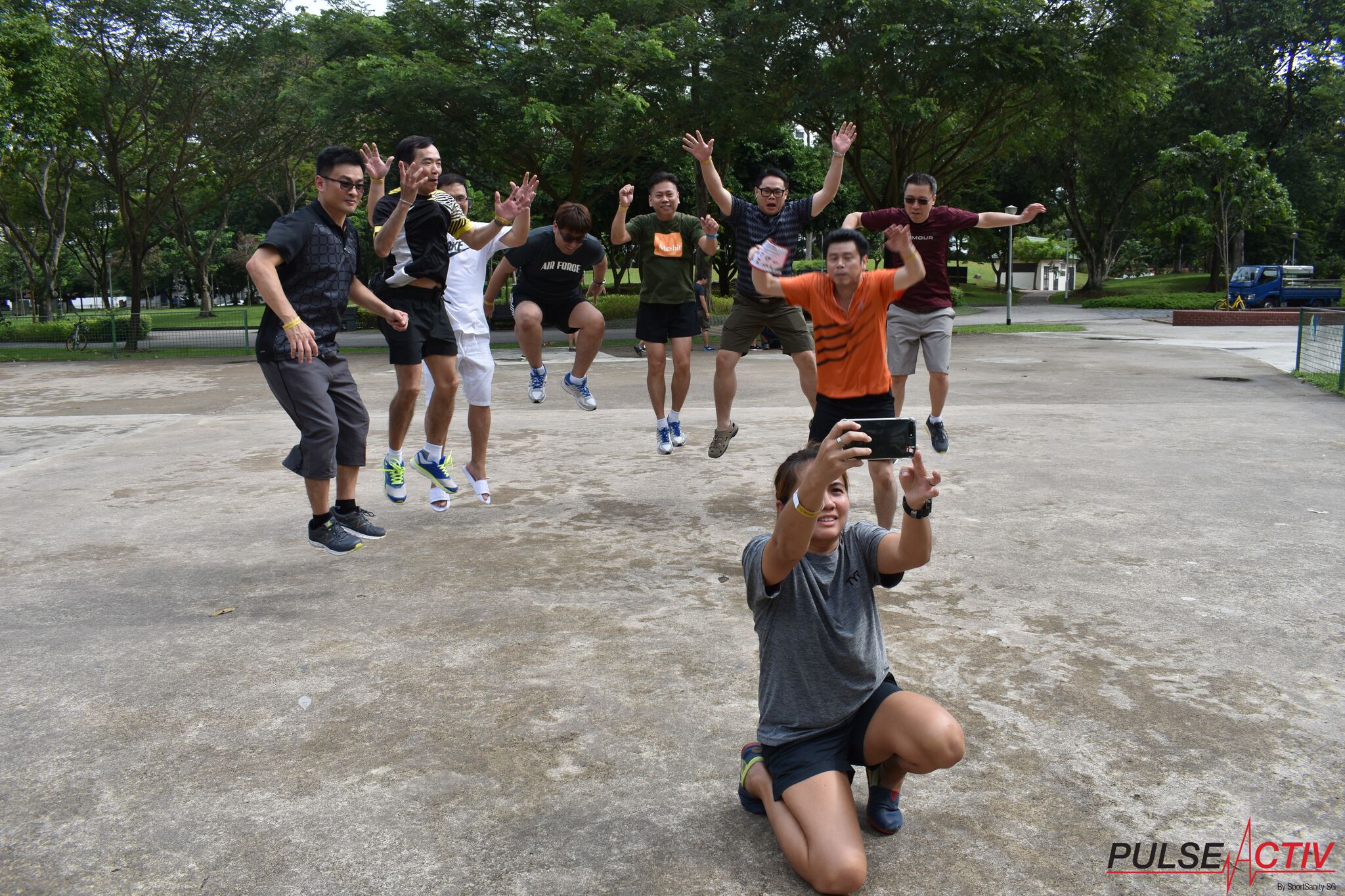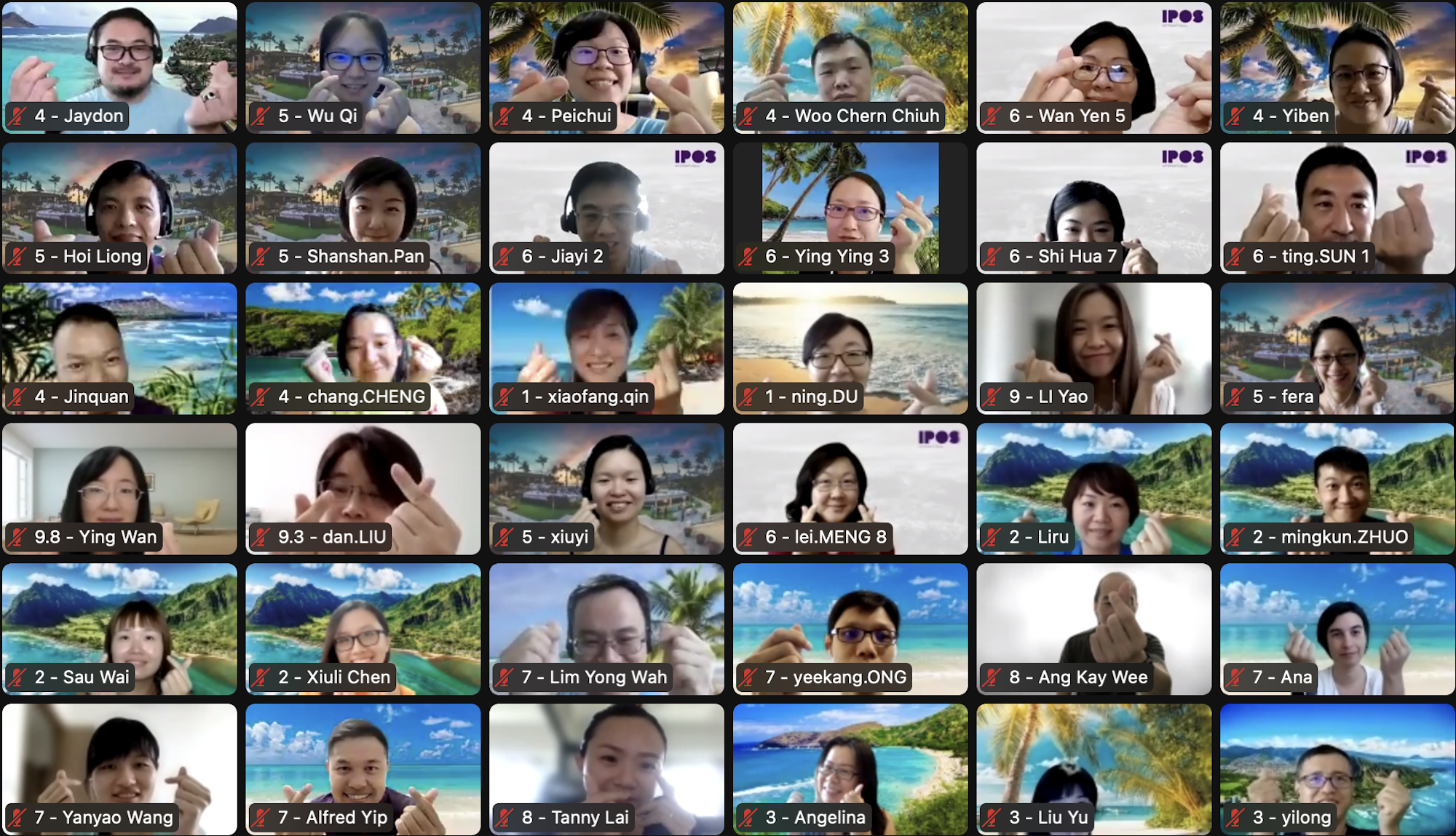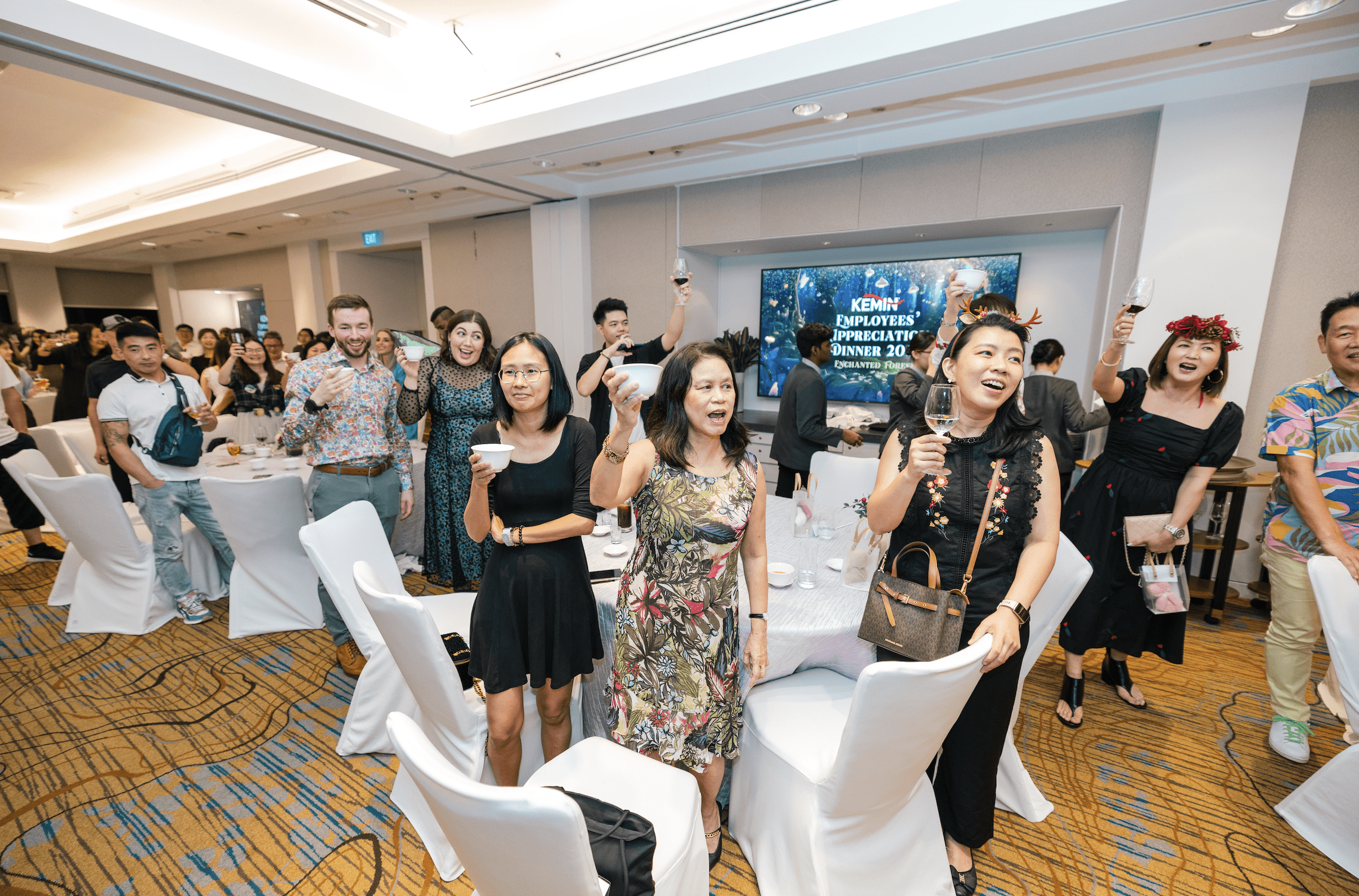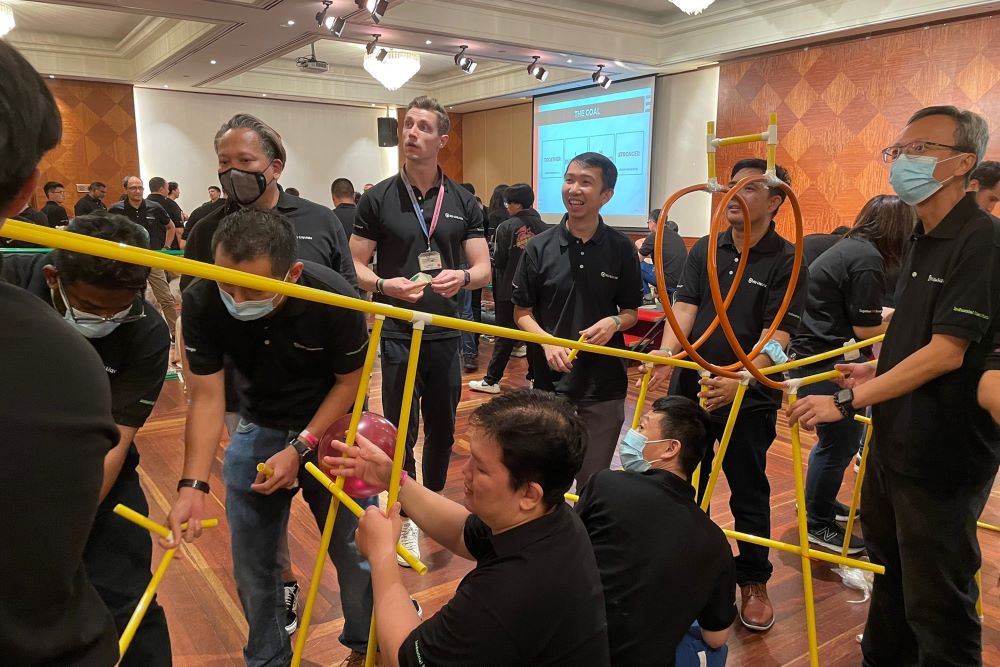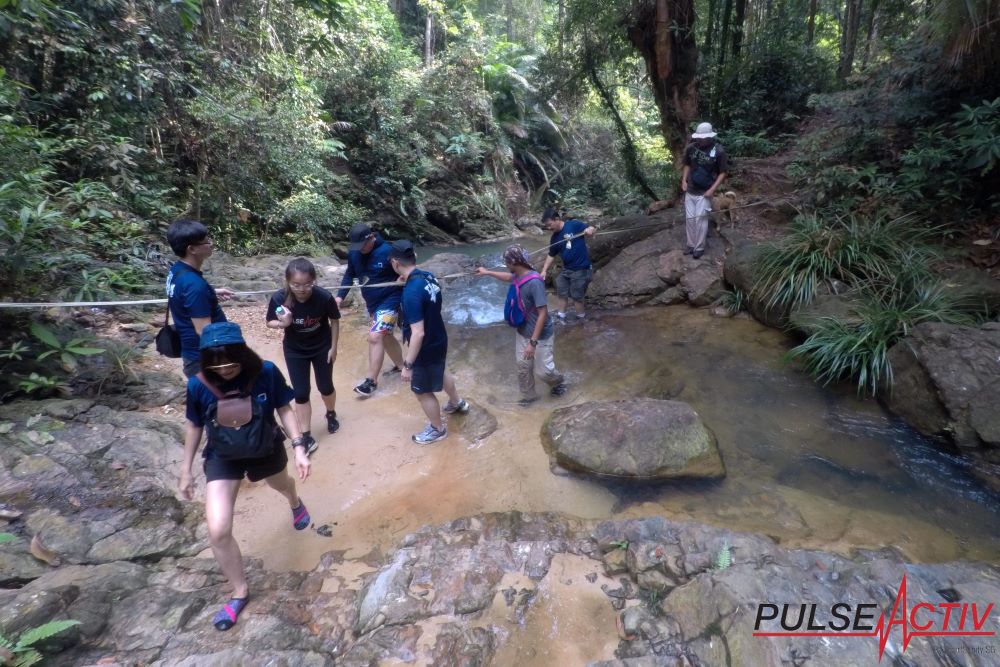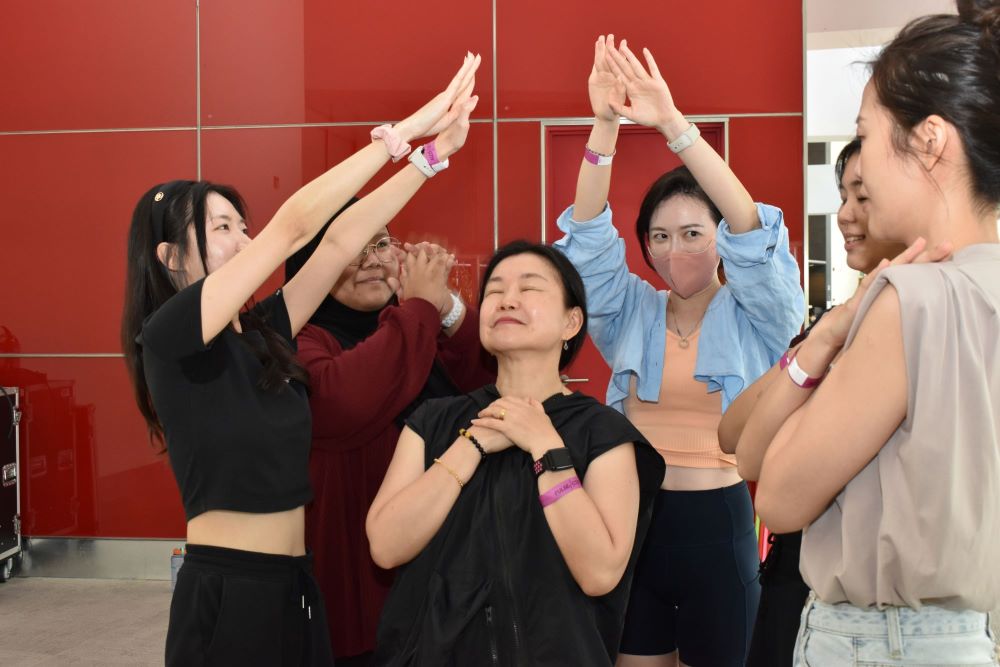A Comprehensive Guide for Companies New to Team-Building Activities and Events
Team-building activities and events are not just a trend—they are essential for fostering a productive and cohesive work environment. For companies new to the concept, understanding the importance, benefits, and strategies for successful team-building can transform workplace dynamics and drive organizational success.
The Significance of Team Building
1. Strengthening Communication and Collaboration
Effective communication is critical in any organization. Team-building activities create opportunities for employees to interact outside their usual work contexts, breaking down silos and encouraging open dialogue. These interactions help team members understand each other’s communication styles, strengths, and areas for improvement, leading to more effective collaboration in the workplace. For example, a team-building exercise that requires problem-solving as a group can reveal how each member approaches challenges and how they can best support one another in real work scenarios.
2. Boosting Morale and Engagement
Employee morale is directly linked to productivity and job satisfaction. Engaging in team-building activities can significantly uplift spirits, especially when employees see that their company is invested in their well-being and growth. High morale leads to increased engagement, where employees feel connected to their work and committed to the company’s success. This engagement reduces absenteeism, enhances job satisfaction, and ultimately leads to a more positive workplace culture.
3. Promoting Innovation and Creativity
In today’s fast-paced business environment, innovation is key to staying competitive. Team-building activities that encourage creative thinking and out-of-the-box problem-solving can spark new ideas and approaches that benefit the organization. For instance, a brainstorming session or a creative workshop allows employees to explore ideas in a non-judgmental space, which can lead to innovative solutions that might not surface during regular work hours.
4. Aligning Teams with Company Goals
Team-building activities can be designed to reflect the company’s core values and strategic objectives. By integrating these elements into the activities, companies can ensure that their teams are not only working well together but are also aligned with the broader mission of the organization. This alignment is crucial for achieving long-term business goals and maintaining a unified company culture.
Selecting the Right Team-Building Activities
Choosing the right activities is crucial to the success of your team-building efforts. Here’s a breakdown of activity types to consider, each suited to different objectives and team dynamics:
1. Icebreakers and Get-to-Know-You Games
For companies just starting with team-building, icebreakers are a great way to get everyone comfortable. These activities are light-hearted and designed to help team members learn more about each other in a relaxed setting. They are particularly useful for new teams or when new employees have recently joined the company.
- Examples: Two Truths and a Lie, Ever or Never, Speed Networking.
2. Problem-Solving Challenges
These activities are excellent for developing critical thinking and teamwork skills. Problem-solving challenges often involve tasks that require teams to collaborate under pressure, fostering a sense of unity and shared accomplishment when the challenge is met.
- Examples: Amazing Race, Puzzle Hunts, Code-Breaking Games.
3. Physical Activities and Sports
Physical activities are a great way to promote teamwork while also encouraging health and wellness. These activities often require participants to rely on each other’s physical and strategic skills, building trust and cooperation.
- Examples: Relay Races, Obstacle Courses, Mini-Olympics, Corporate Sports Days.
4. Creative Workshops
Creative workshops offer a break from the usual work routine and allow employees to express their creativity. These sessions can lead to fresh ideas and new perspectives that benefit the team and the organization as a whole.
- Examples: Art and Craft Workshops,, Fun Building Games.
5. Charity and Volunteering Activities
Participating in charitable activities can unite teams around a common cause, creating a sense of purpose that extends beyond the workplace. These activities are particularly effective for building a company culture that values social responsibility.
- Examples: Charity Runs, CSR Initiatives
Planning and Executing a Successful Team-Building Event
Successfully planning and executing a team-building event requires careful consideration of several factors. Here are key steps to ensure your event is impactful:
1. Set Clear Objectives
What do you hope to achieve with your team-building event? Whether it’s improving communication, fostering creativity, or simply having fun, having clear objectives will guide your planning process and help you measure the event’s success.
2. Consider the Team’s Dynamics
Understand the makeup of your team. Consider factors such as the size of the team, the diversity of roles, and any existing challenges or interpersonal dynamics. This understanding will help you choose activities that are inclusive and relevant to your team’s needs.
3. Choose the Right Time and Location
Timing is crucial for team-building events. Avoid scheduling them during busy periods or when employees are under significant stress. The location should be accessible and conducive to the planned activities. For instance, outdoor locations may be ideal for physical challenges, while a conference room might be better suited for brainstorming sessions.
4. Communicate Clearly
Ensure that all participants understand the purpose of the event, the schedule, and any expectations. Clear communication helps set the right tone and ensures that everyone is prepared to participate fully.
5. Gather Feedback and Reflect
After the event, collect feedback from participants to gauge its success. Use this feedback to make improvements for future events. Reflection is key to understanding what worked, what didn’t, and how to enhance the experience next time.
The Long-Term Benefits of Team Building
While the immediate benefits of team-building activities are apparent, the long-term advantages are even more significant. Regularly scheduled team-building events can lead to:
- Stronger Workplace Relationships: Employees who engage in team-building are more likely to develop strong, positive relationships with their colleagues, leading to a more harmonious and productive work environment.
- Improved Problem-Solving Skills: Team-building activities that challenge employees to think critically can enhance their problem-solving abilities, which they can apply to their daily tasks.
- Increased Employee Retention: A positive work environment, where employees feel connected and valued, can lead to higher job satisfaction and lower turnover rates.
- Enhanced Company Culture: Team-building activities that reflect the company’s values and goals can strengthen the organizational culture, making it more cohesive and aligned with the company’s mission.
Conclusion
For companies new to team-building activities and events, the journey may seem daunting, but the rewards are well worth the effort. By understanding the purpose of team building, choosing the right activities, and creating a supportive environment, companies can foster stronger communication, collaboration, and innovation within their teams. Starting small, learning from each experience, and continuously adapting will lead to successful team-building initiatives that contribute to a more cohesive, motivated, and productive workforce. As team-building becomes an integral part of your company culture, you’ll see lasting benefits that drive both individual and organizational success.
To head back to read another article in our blog, click here.
